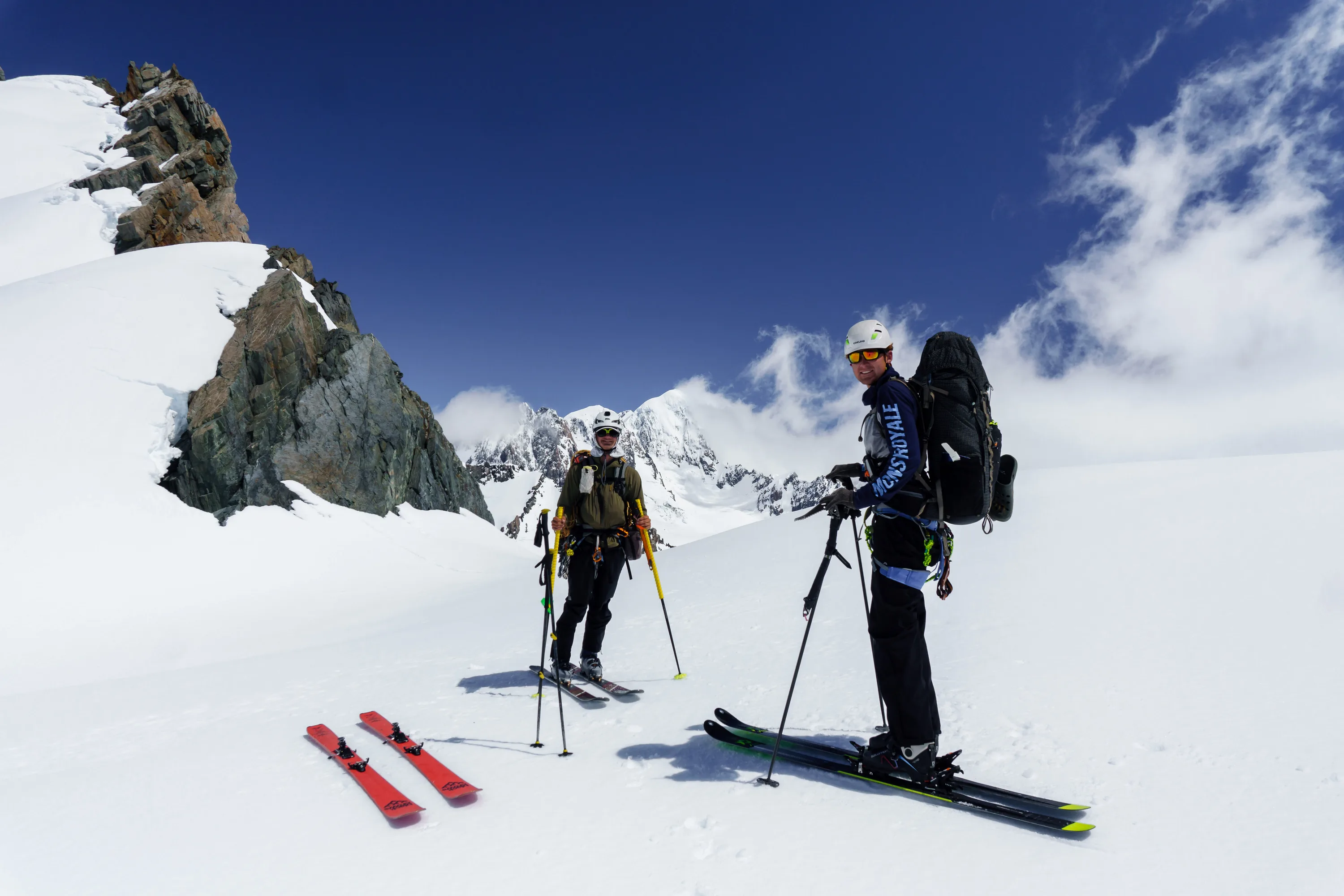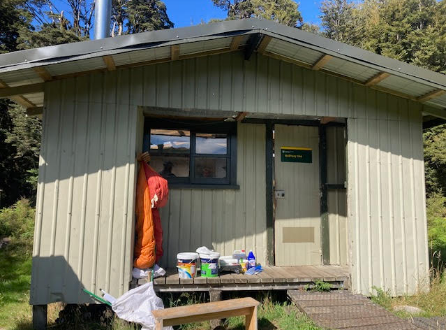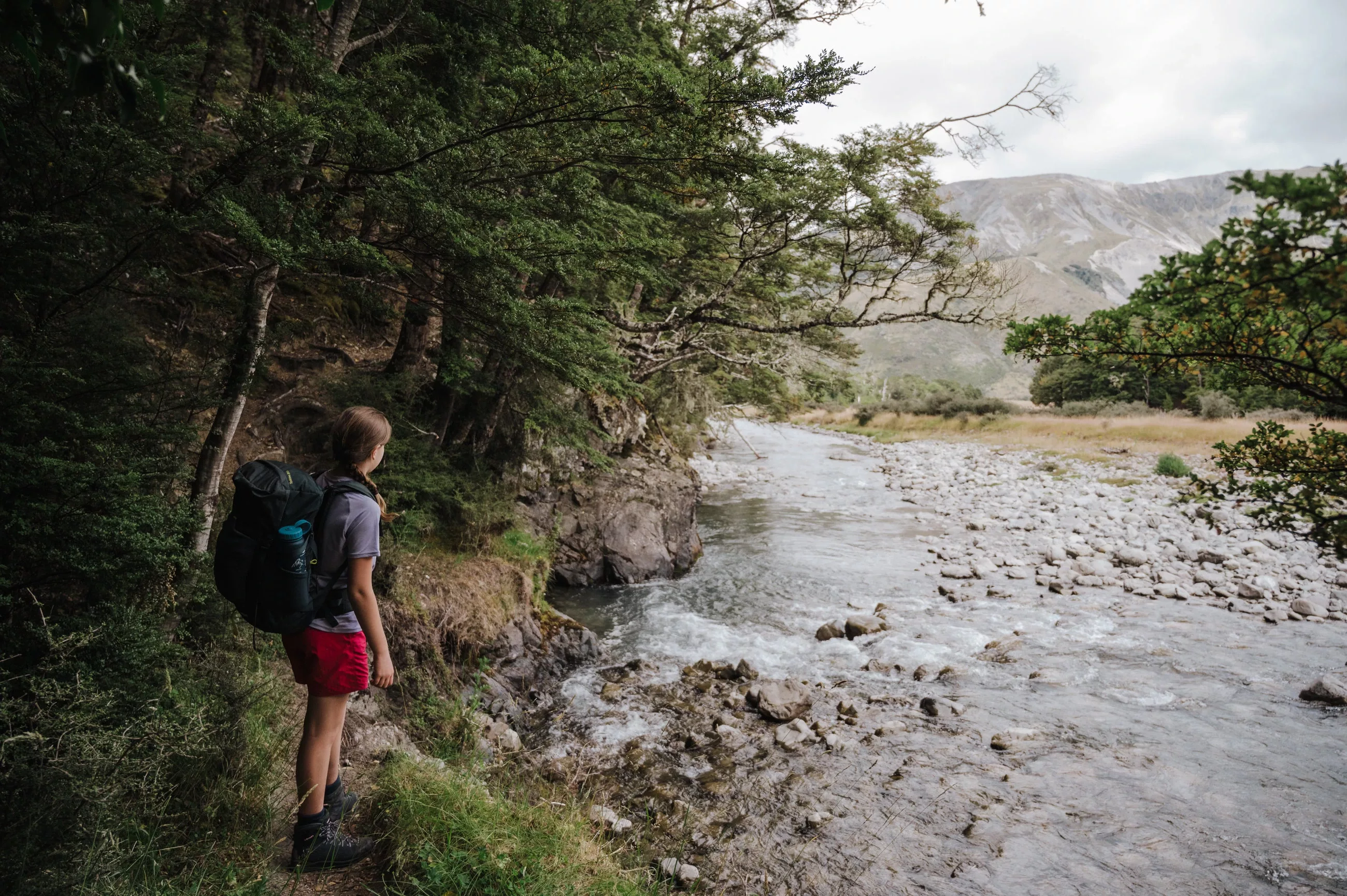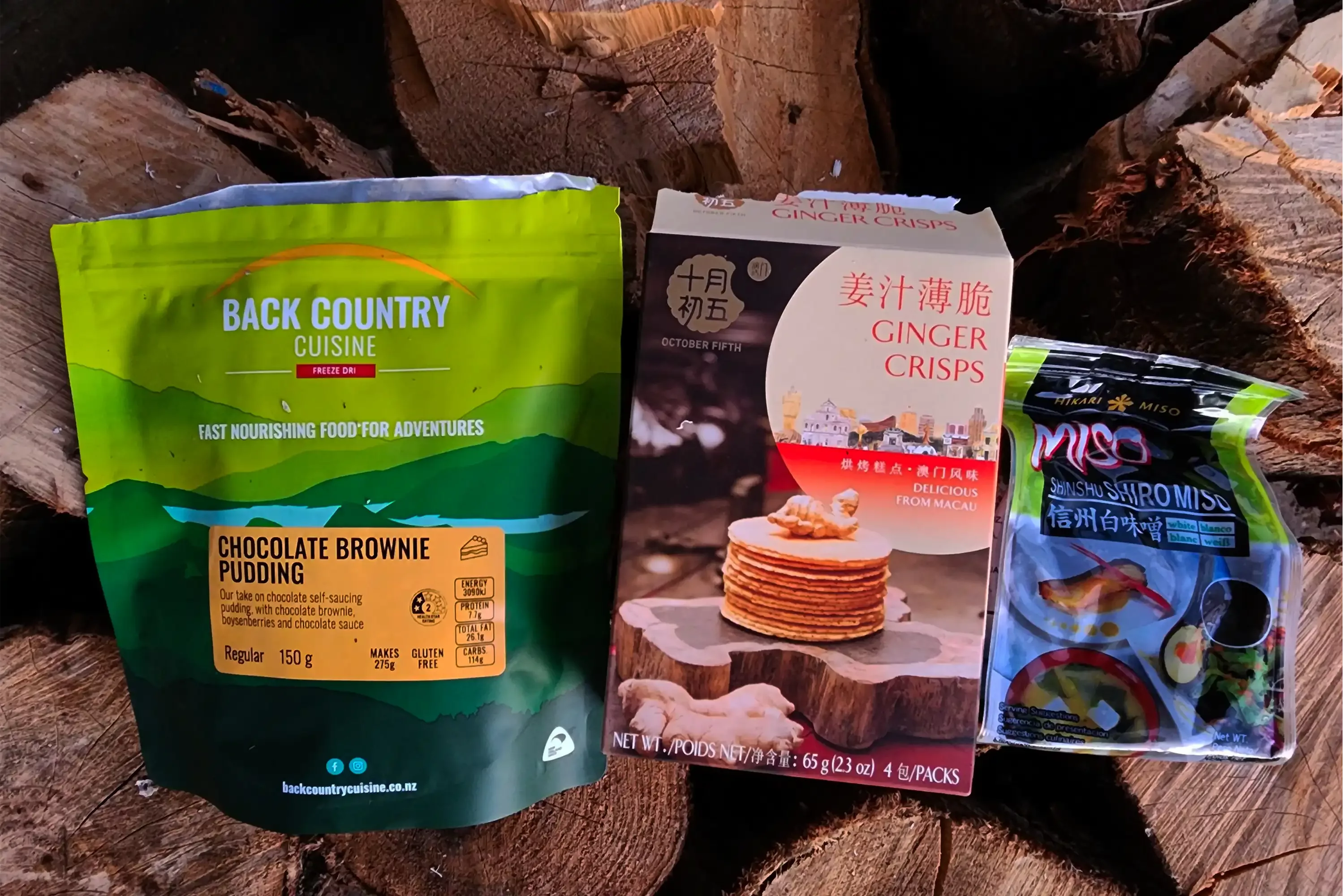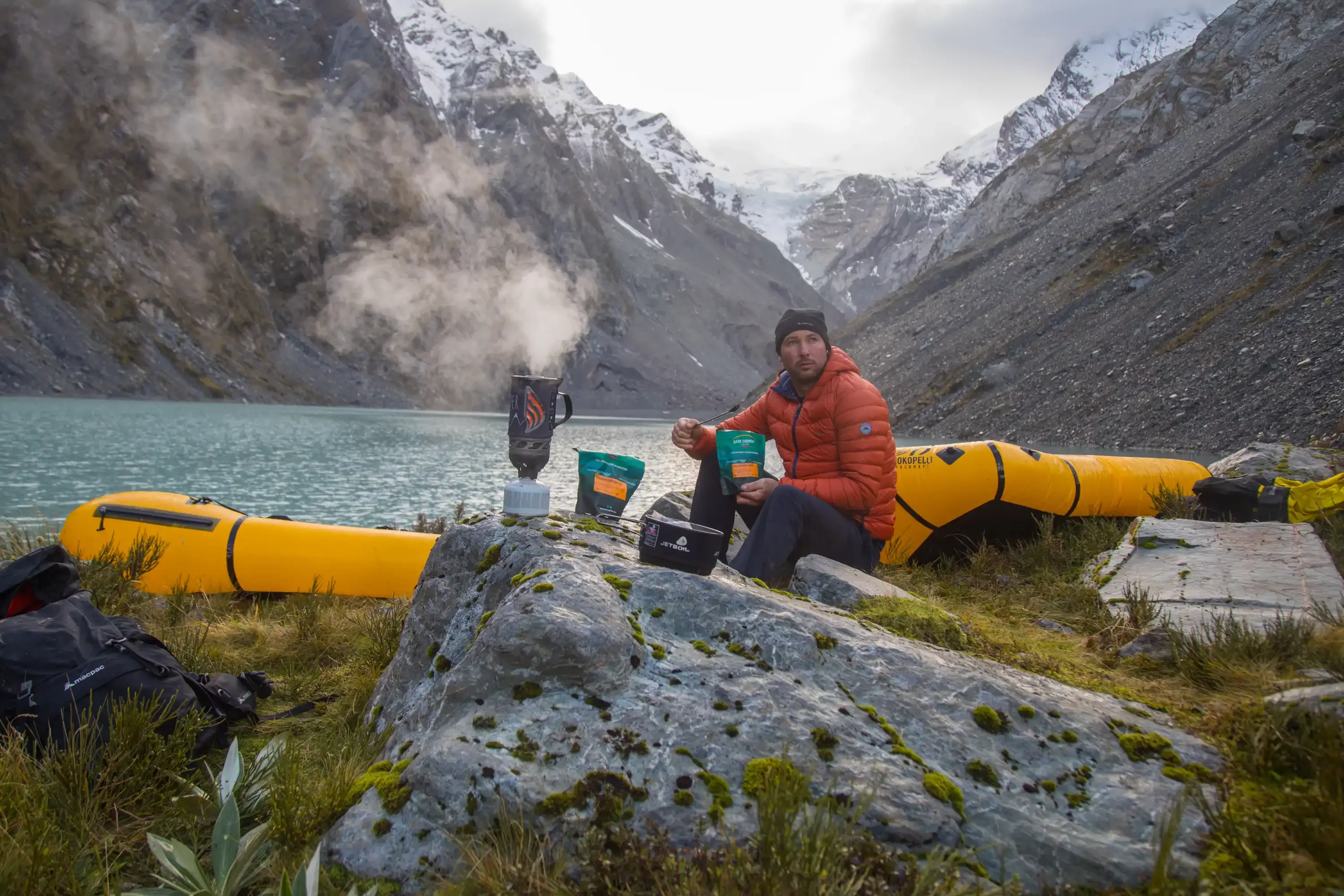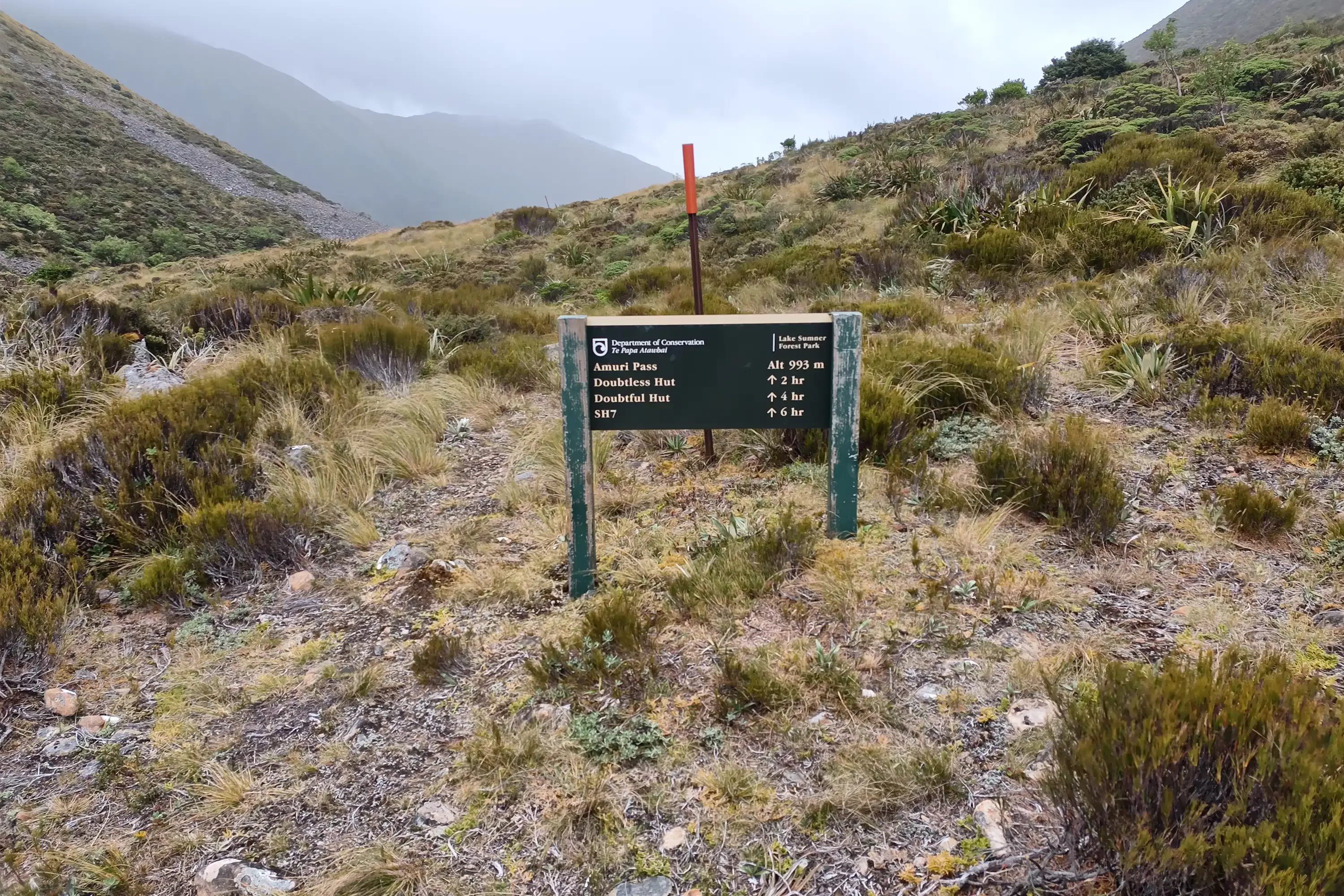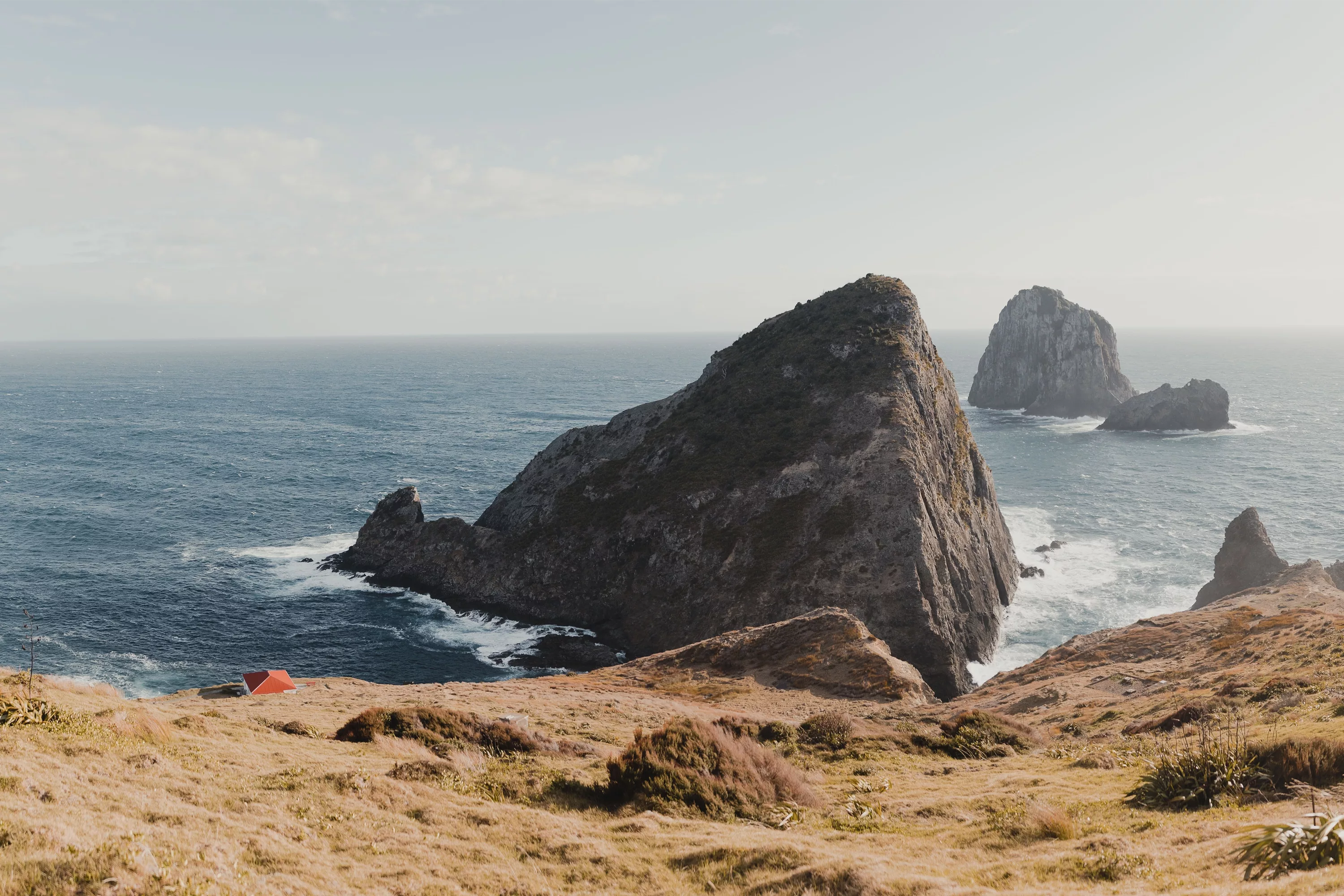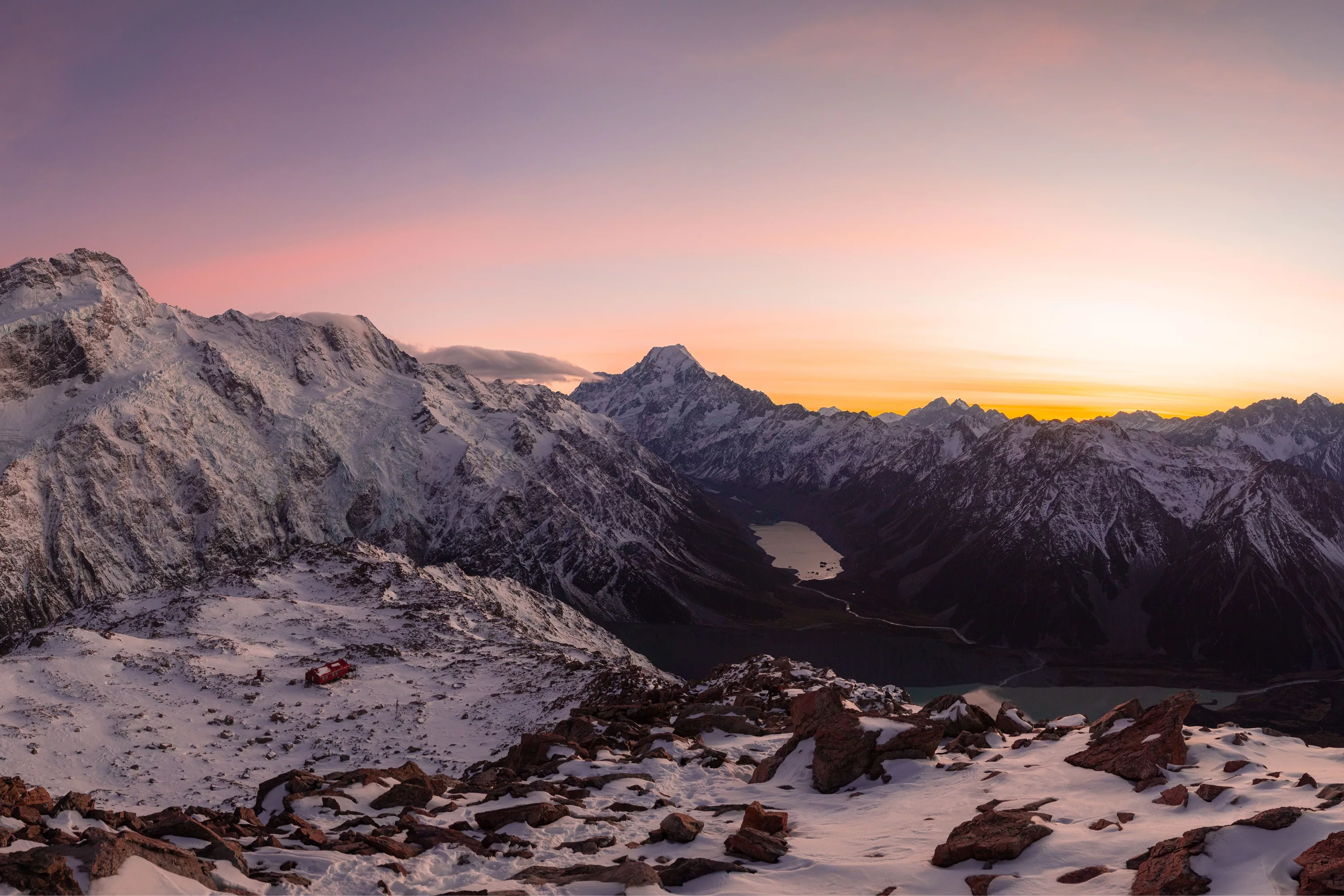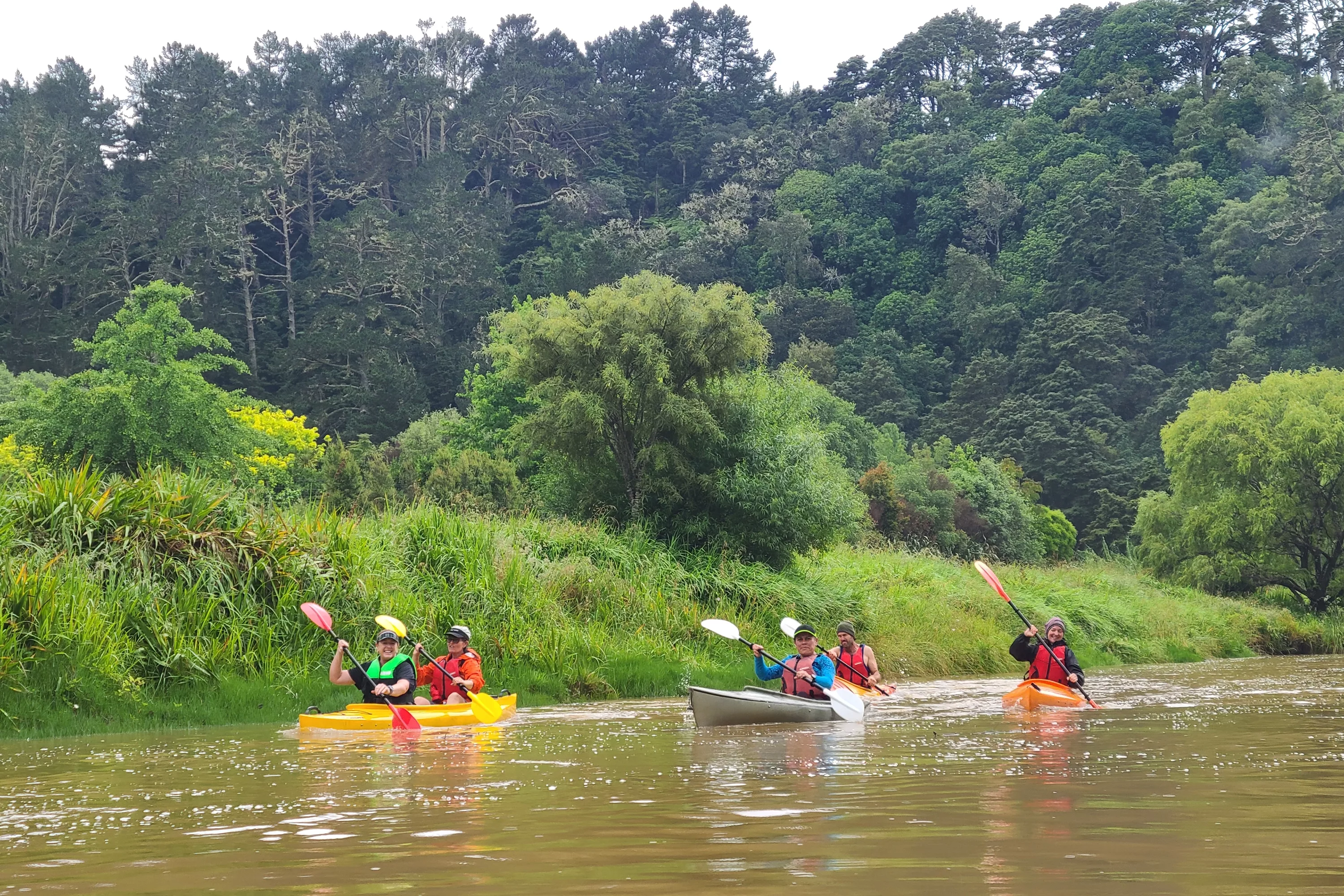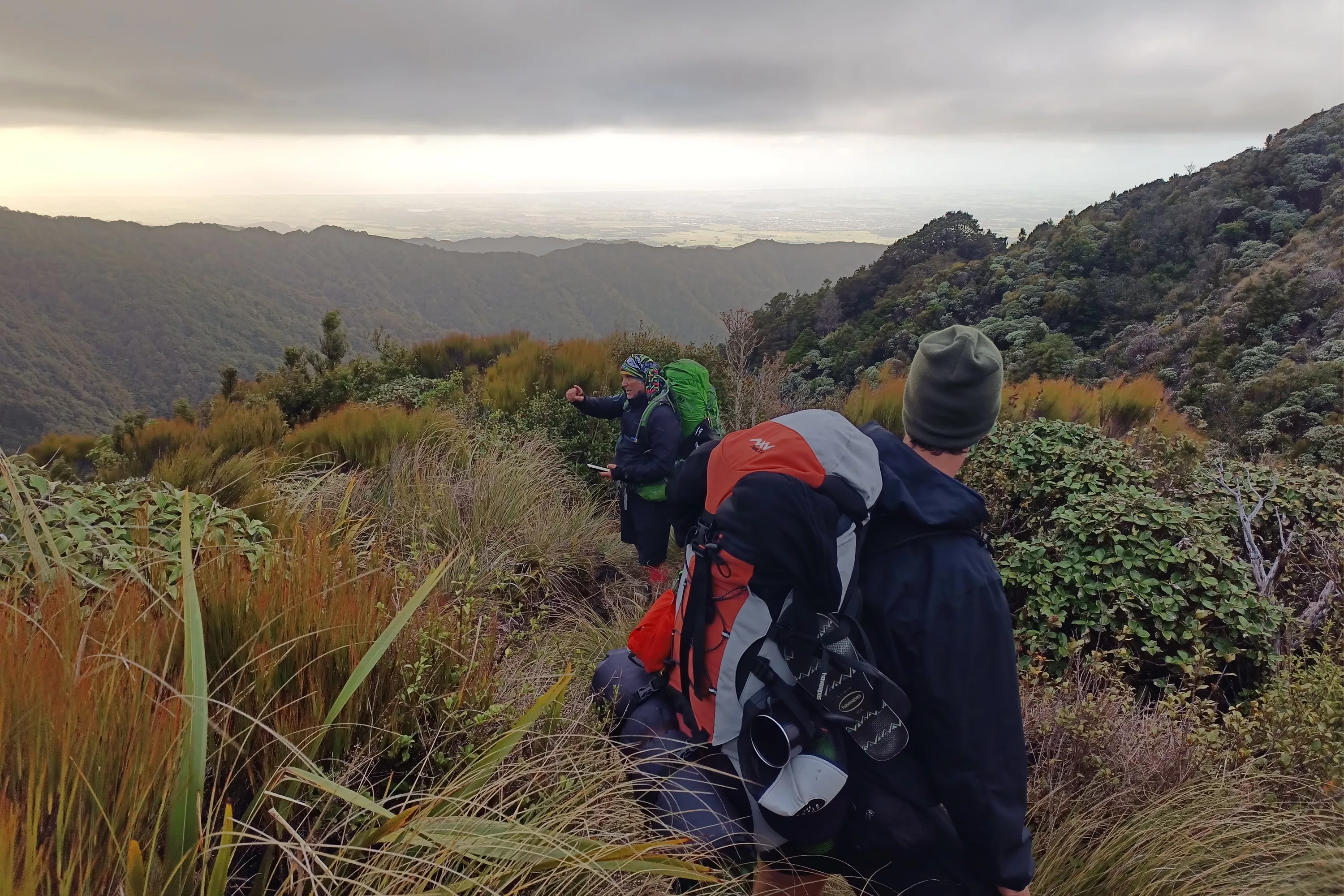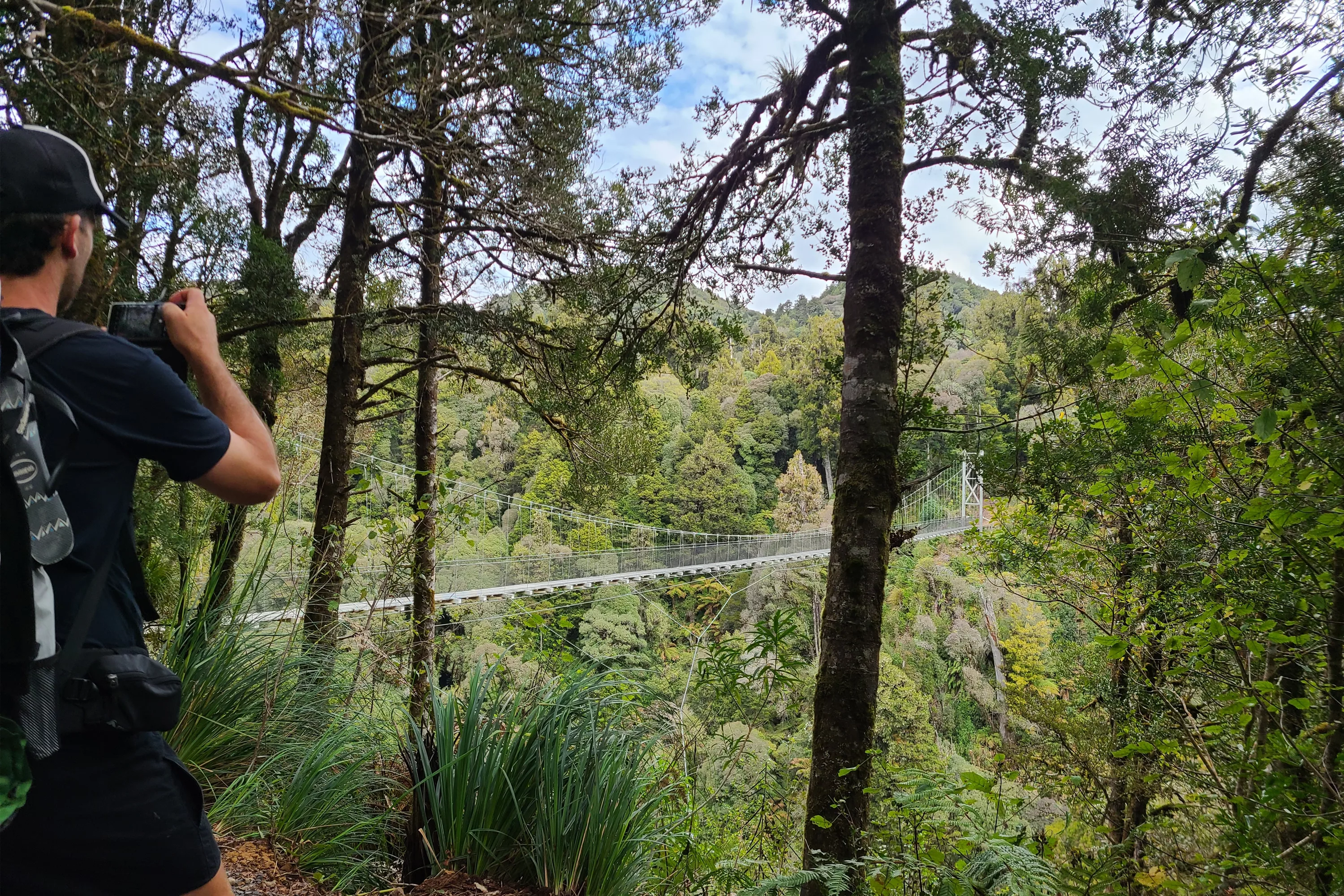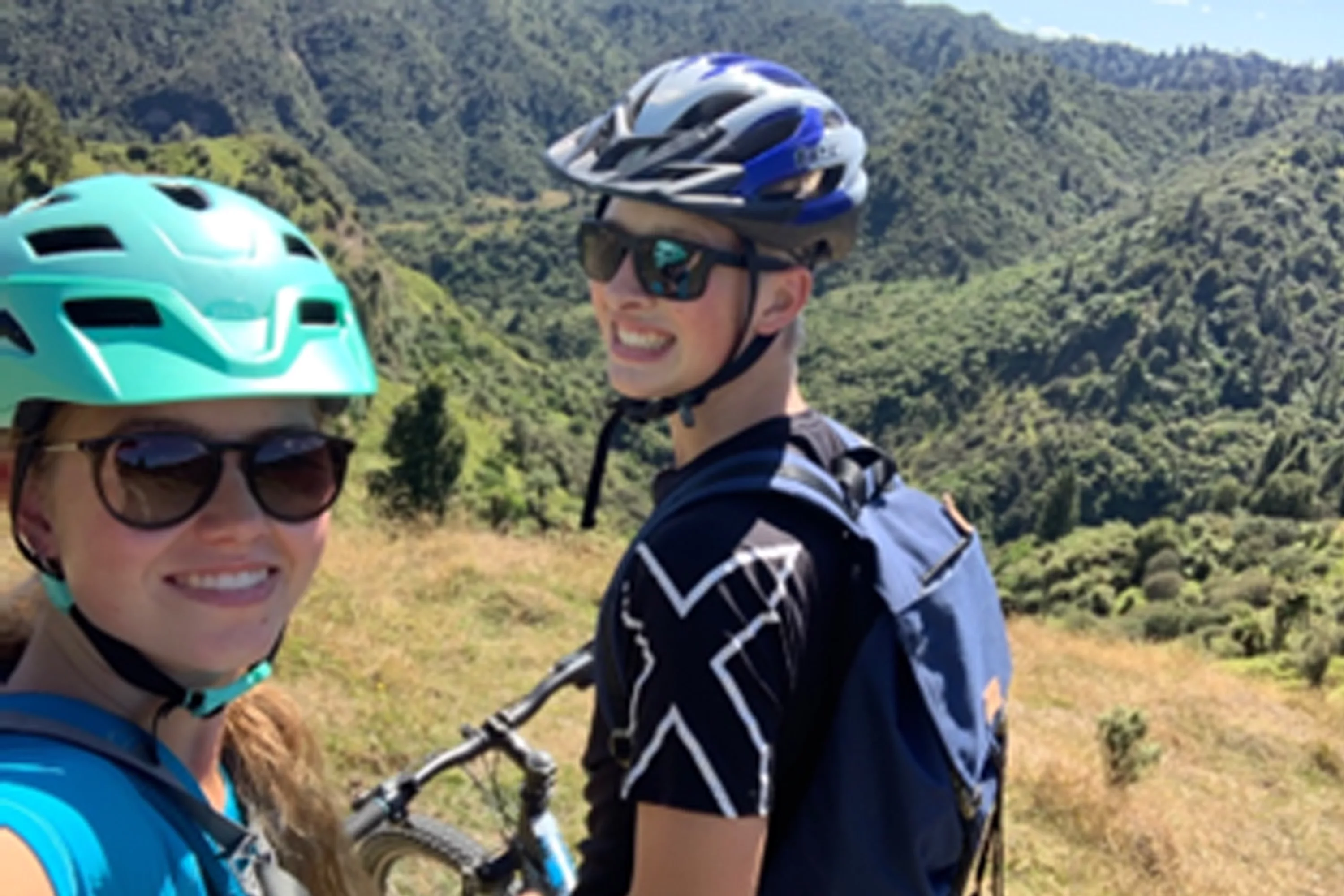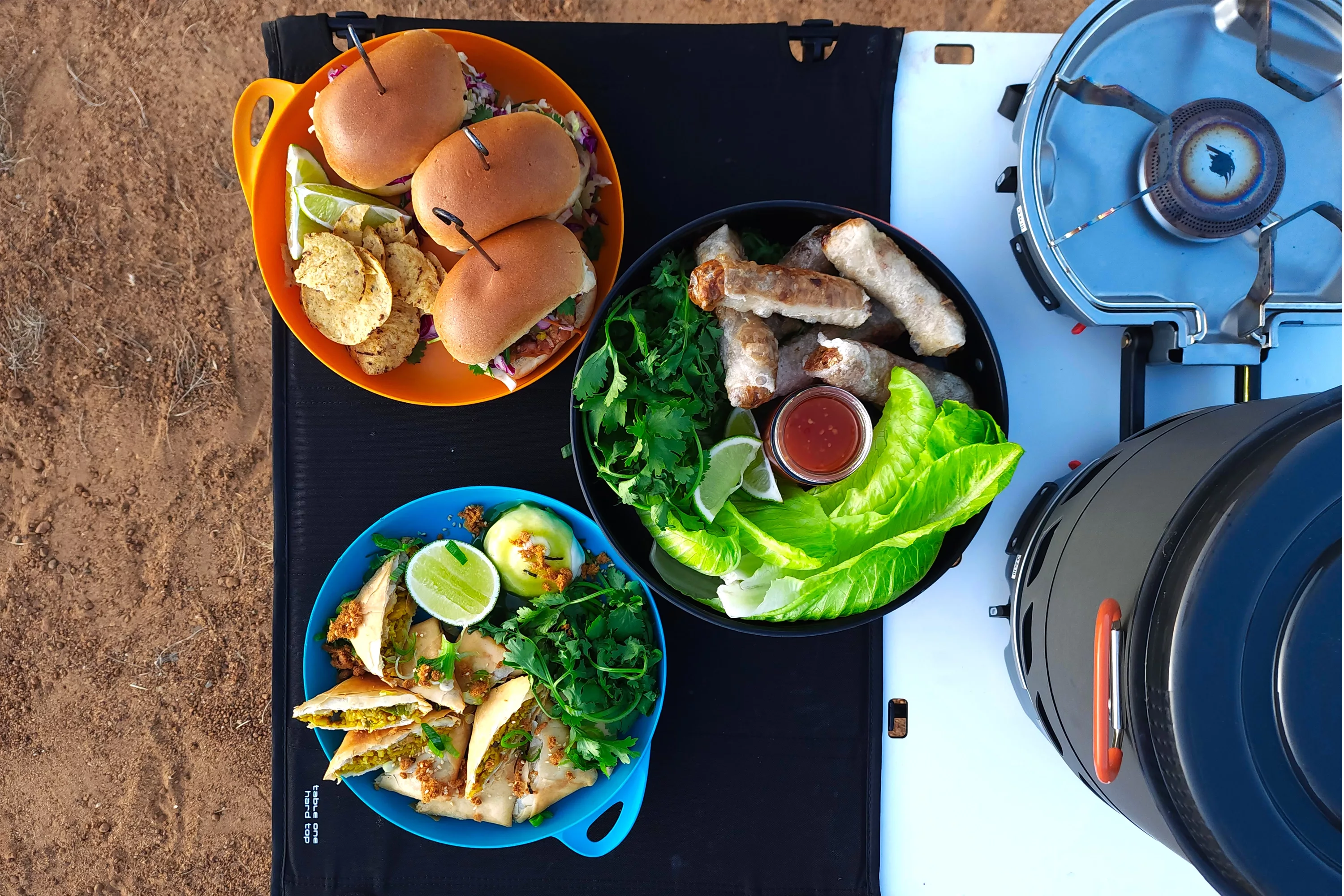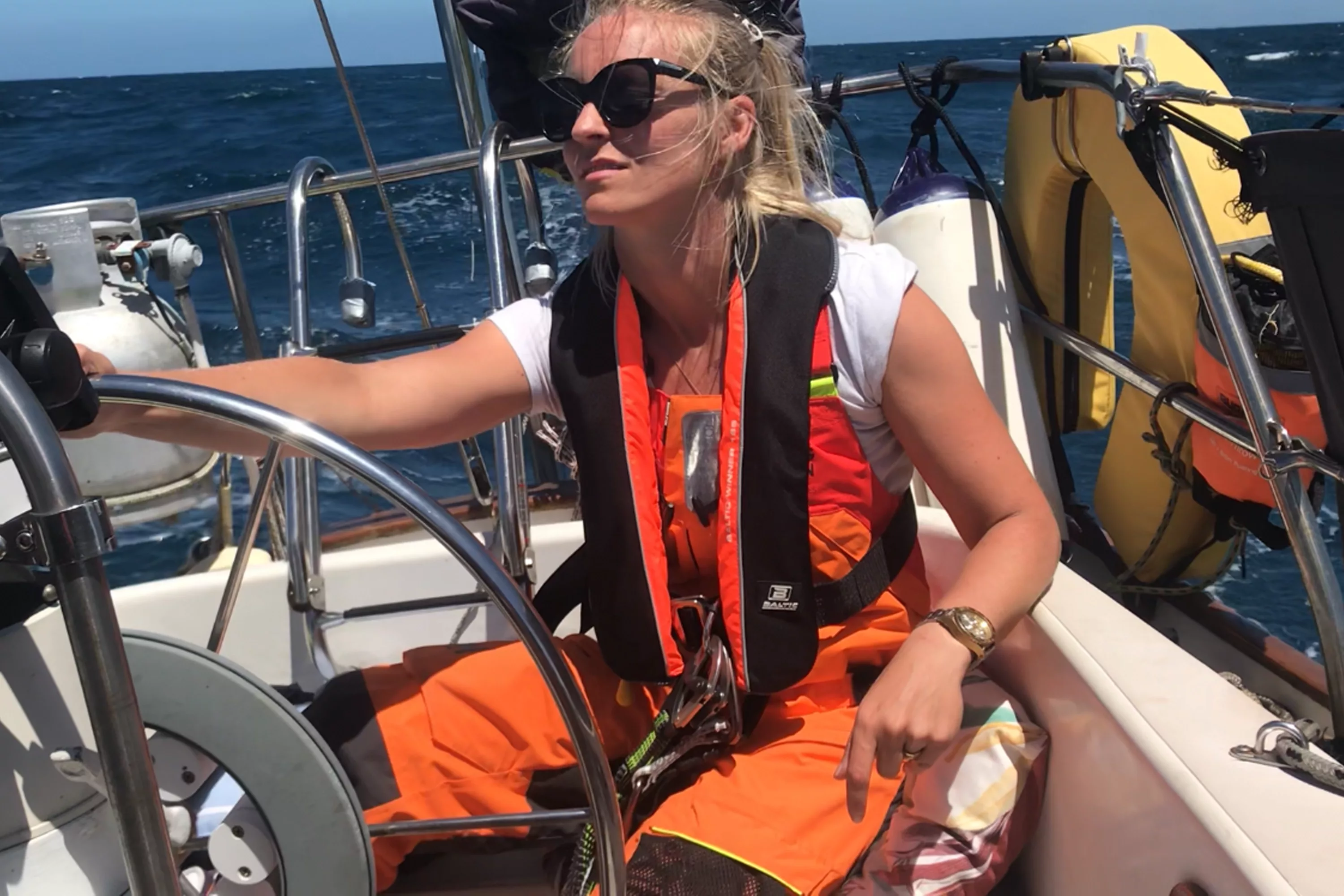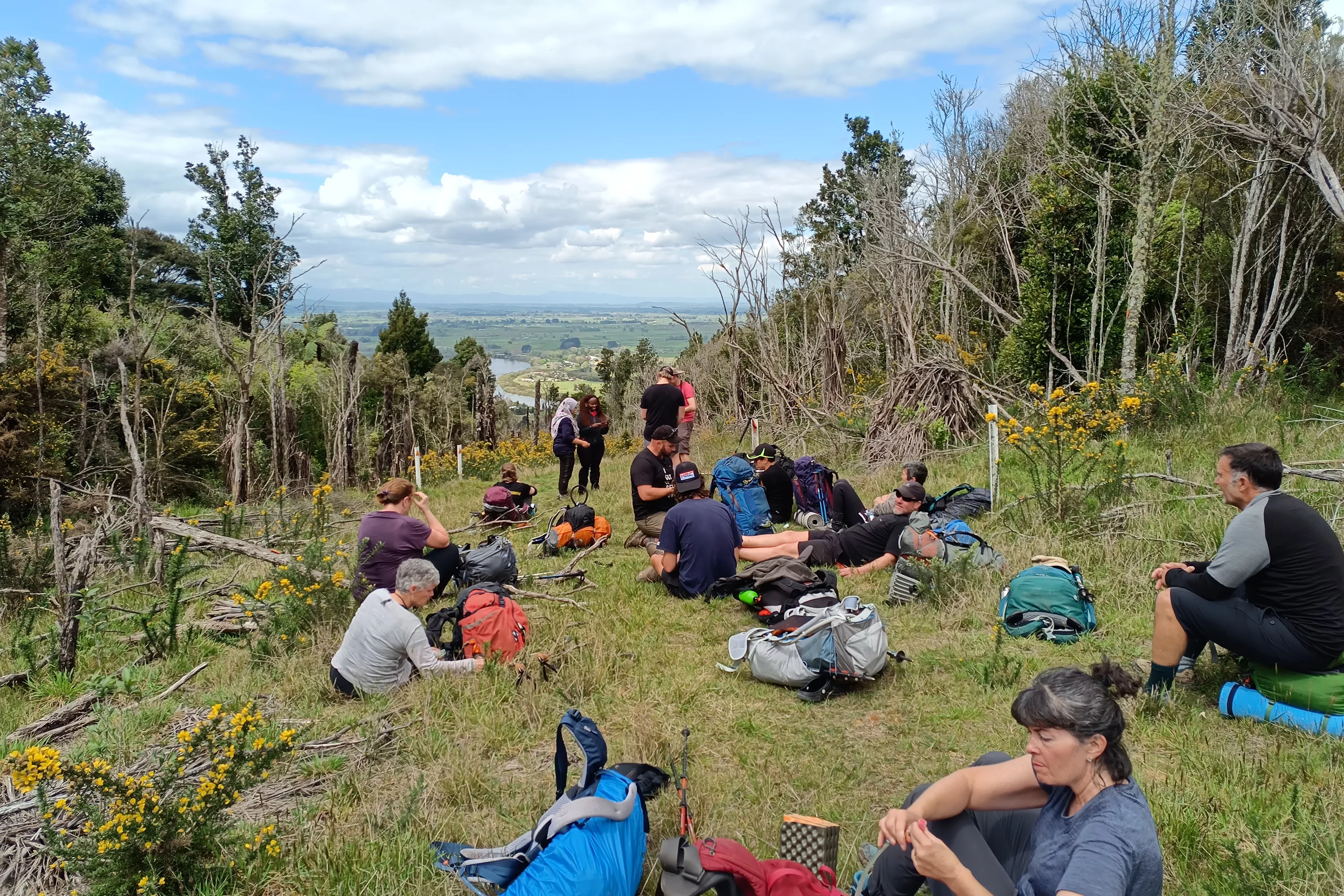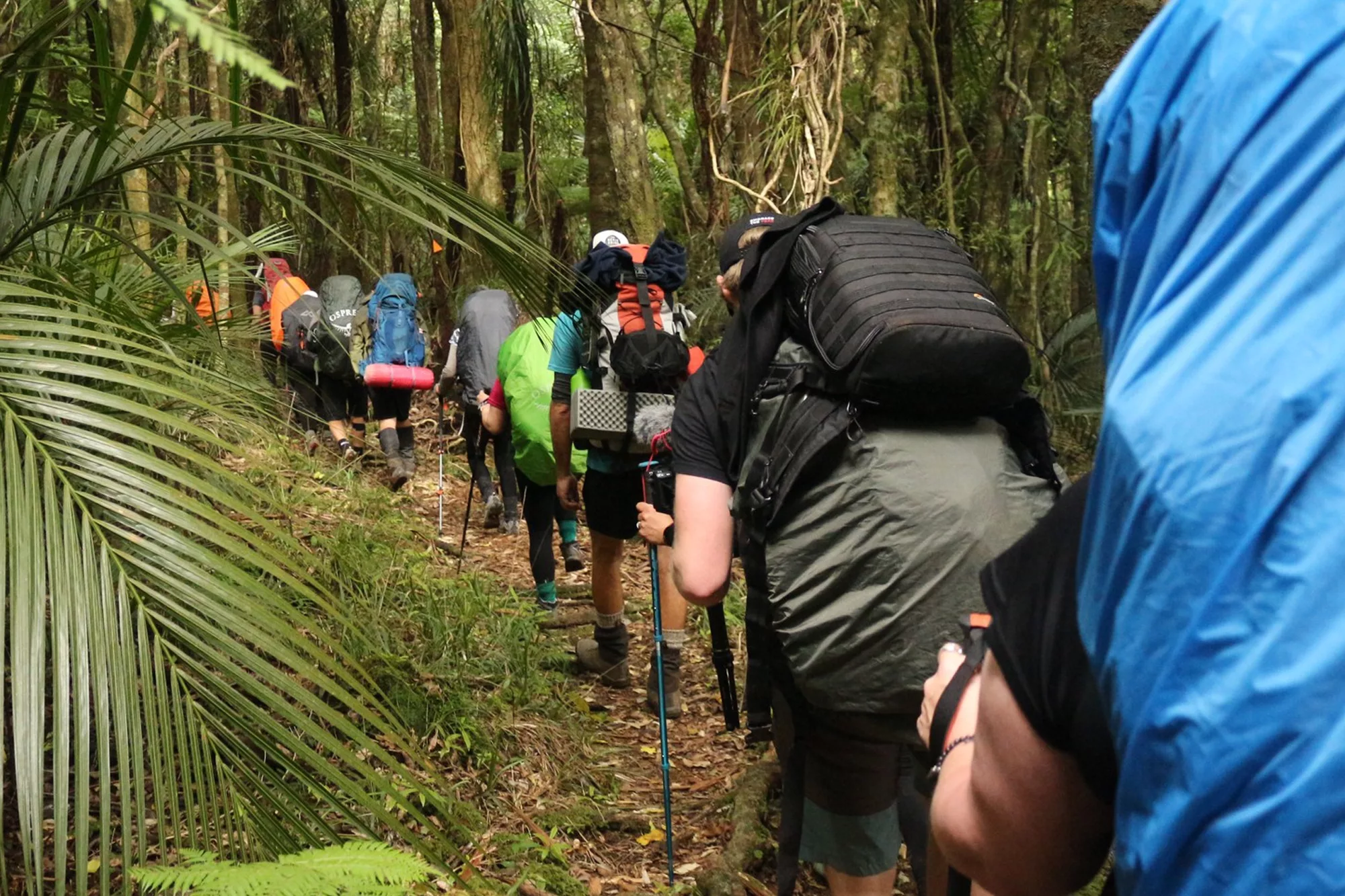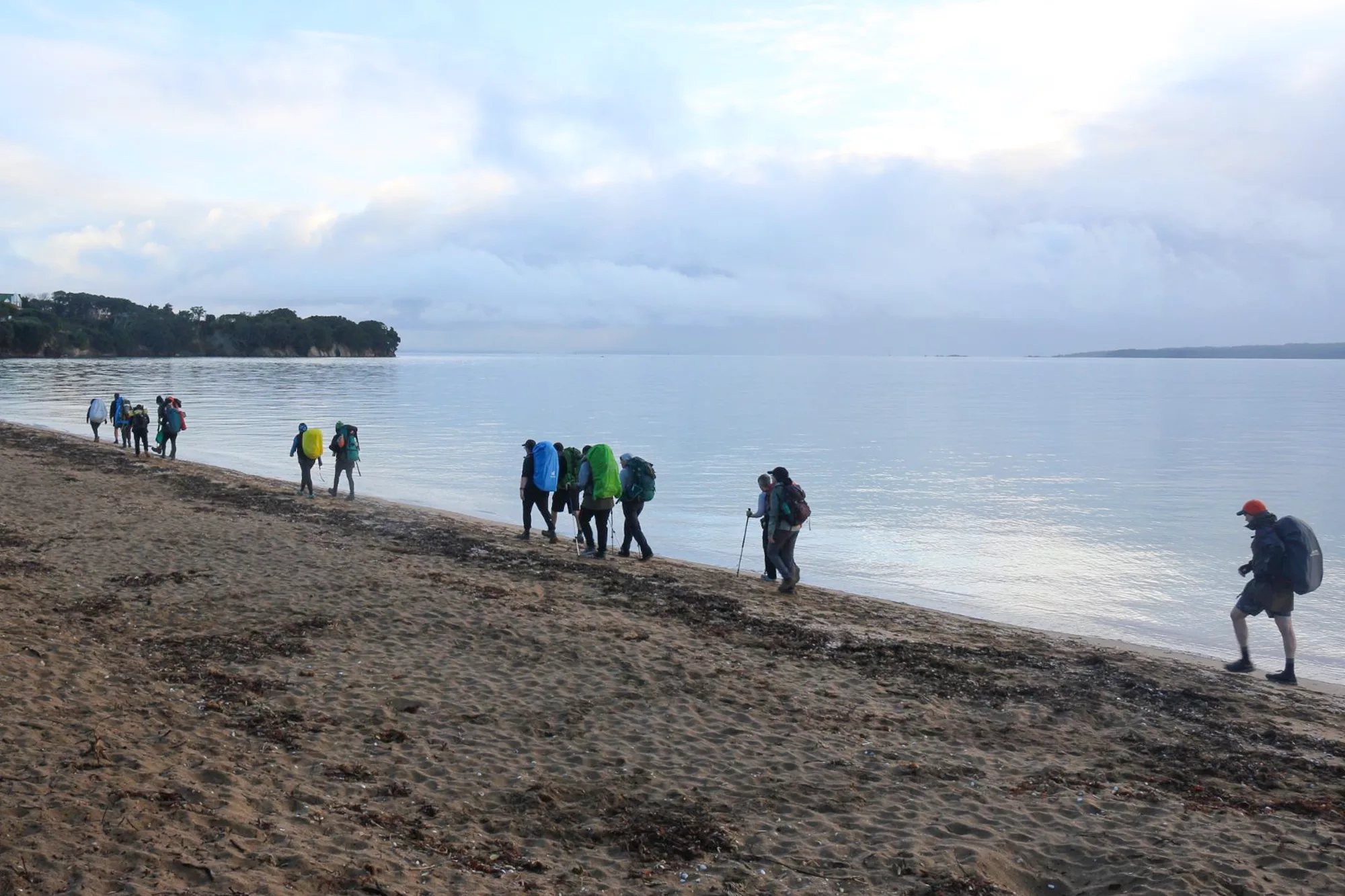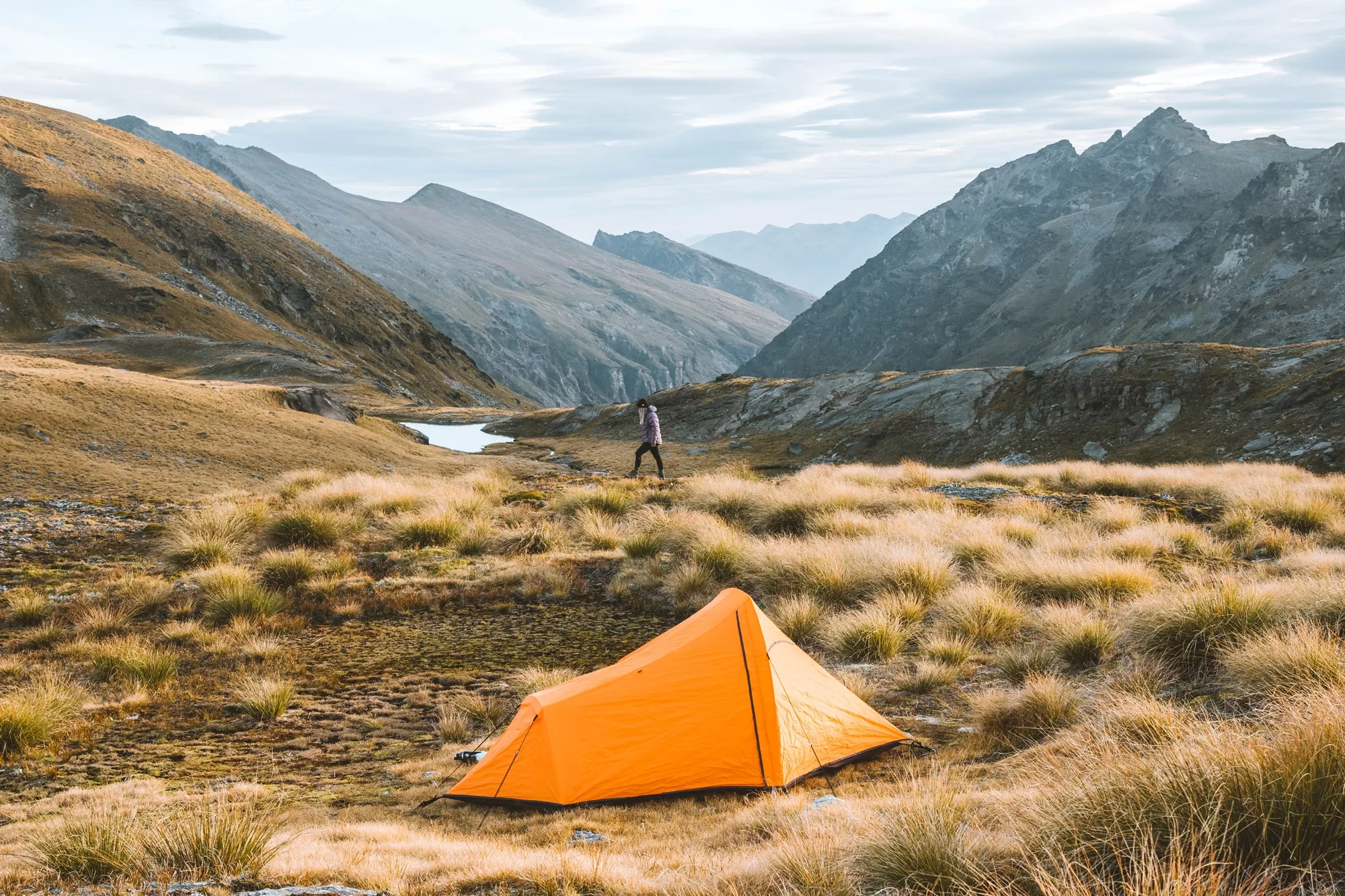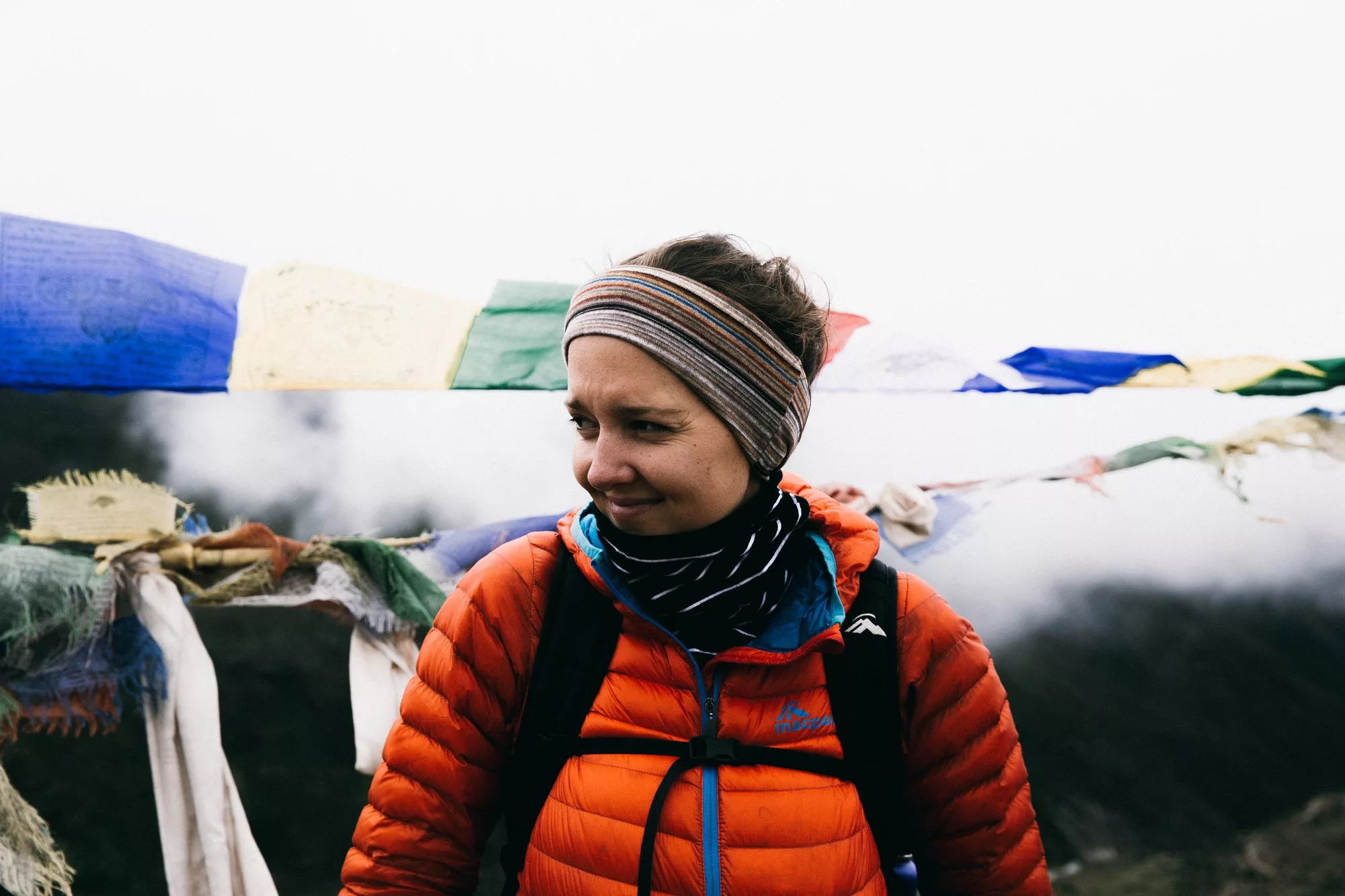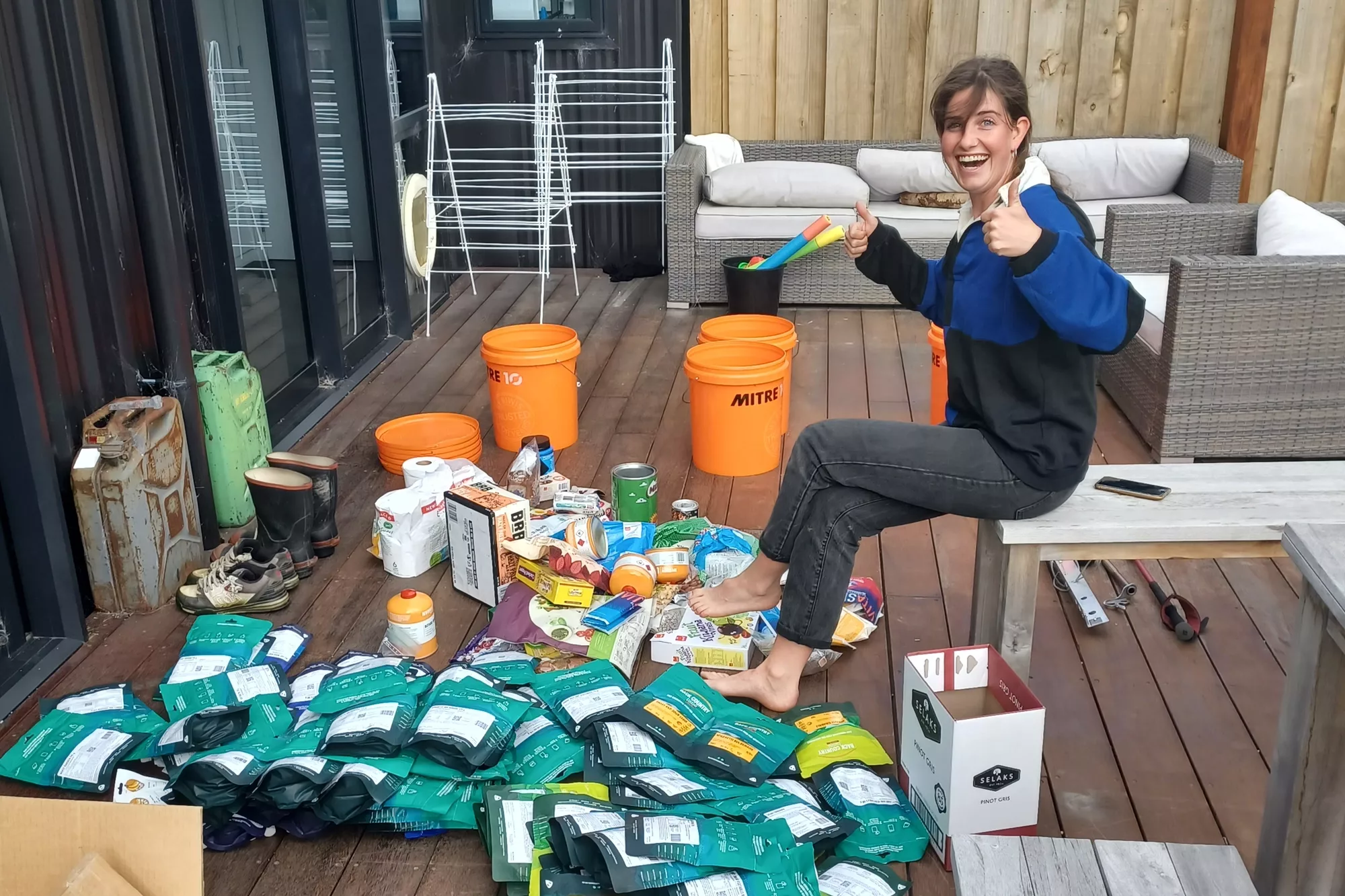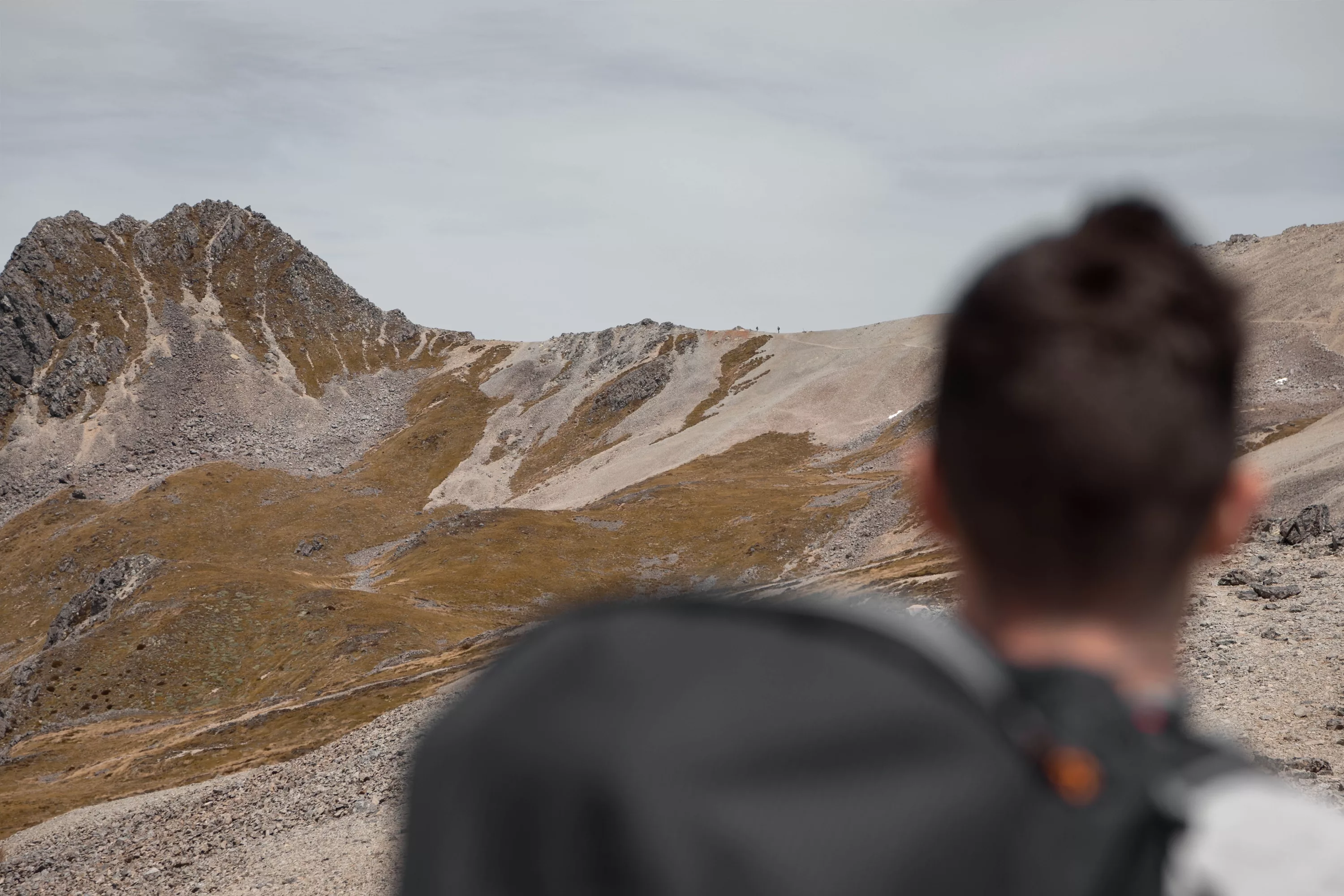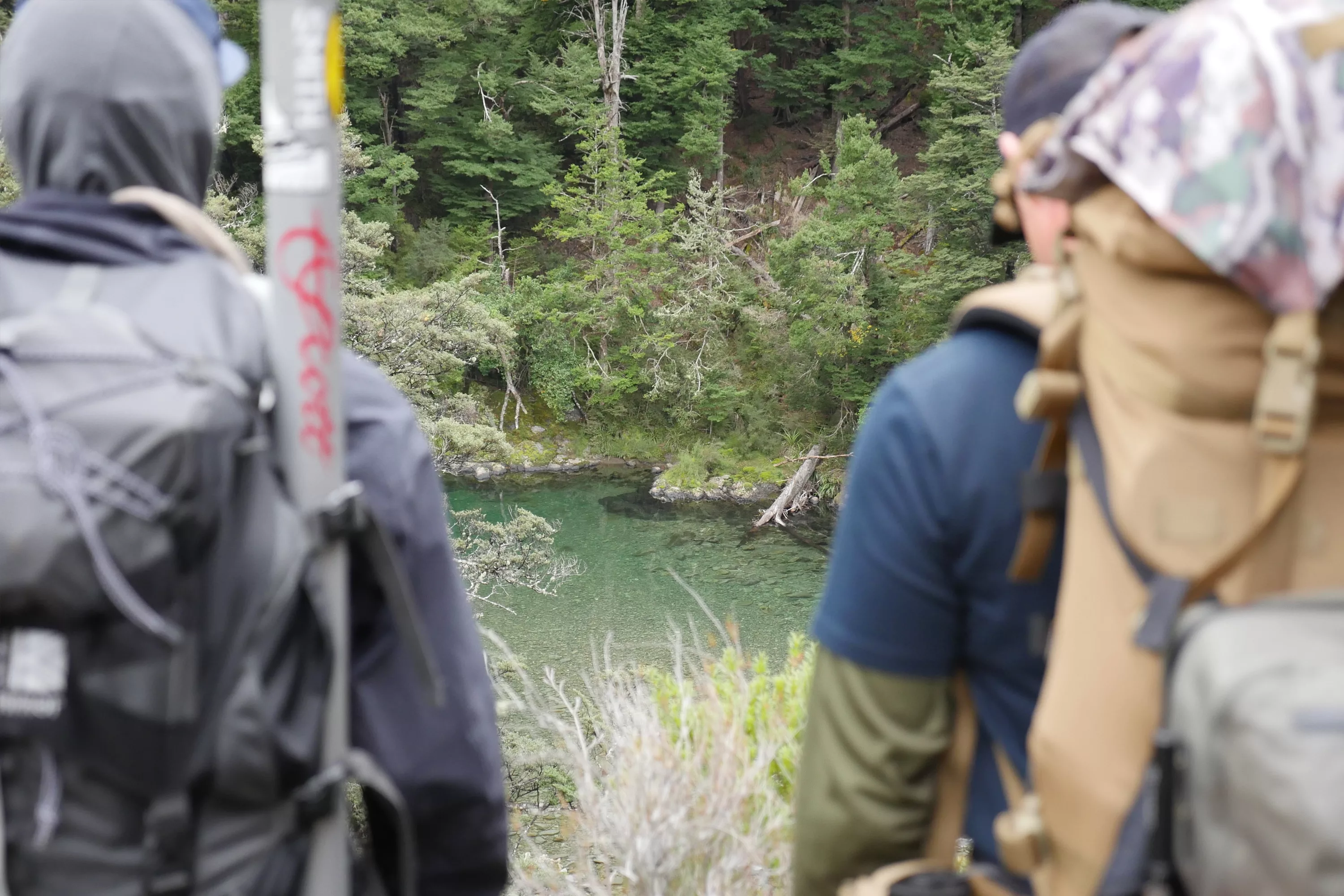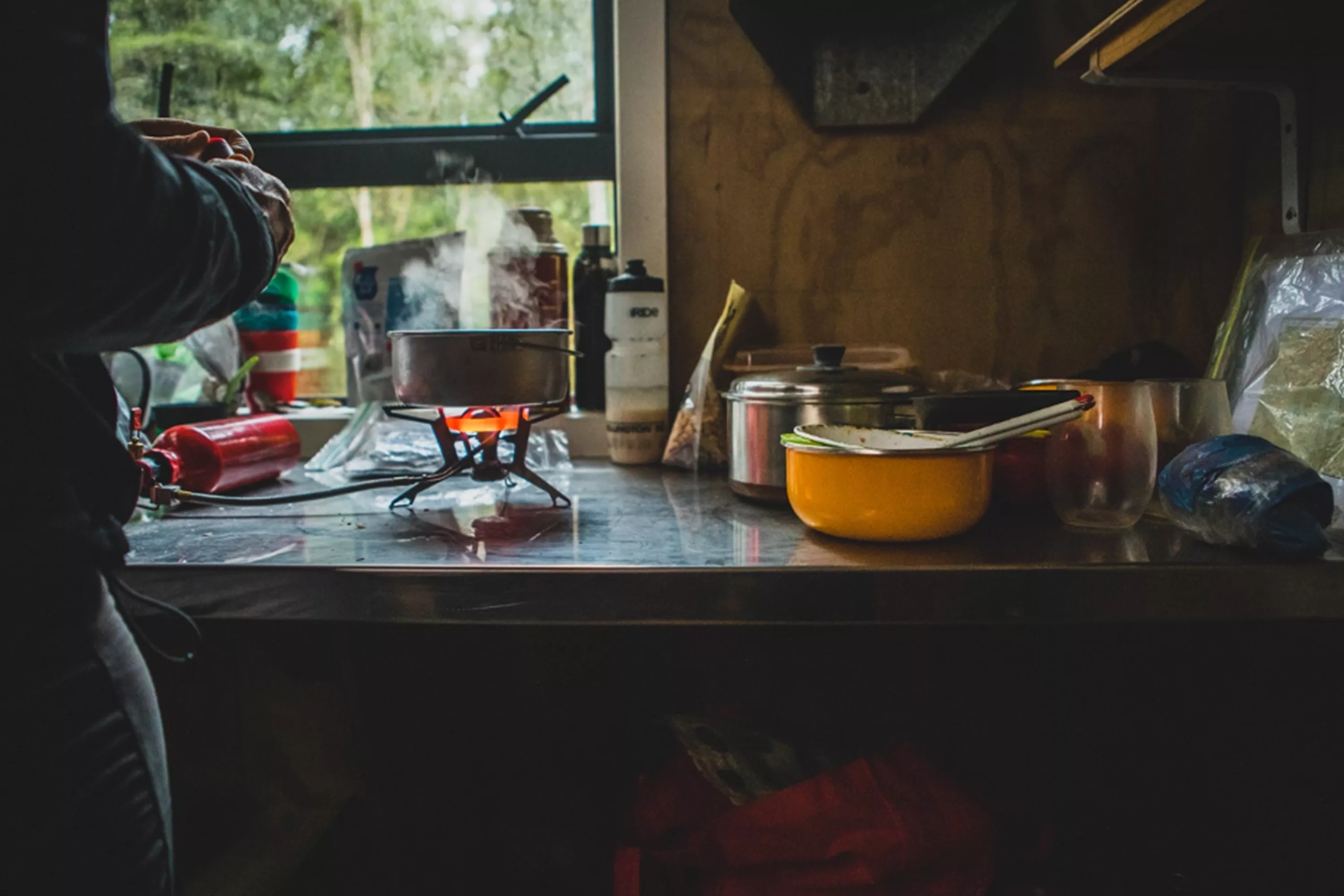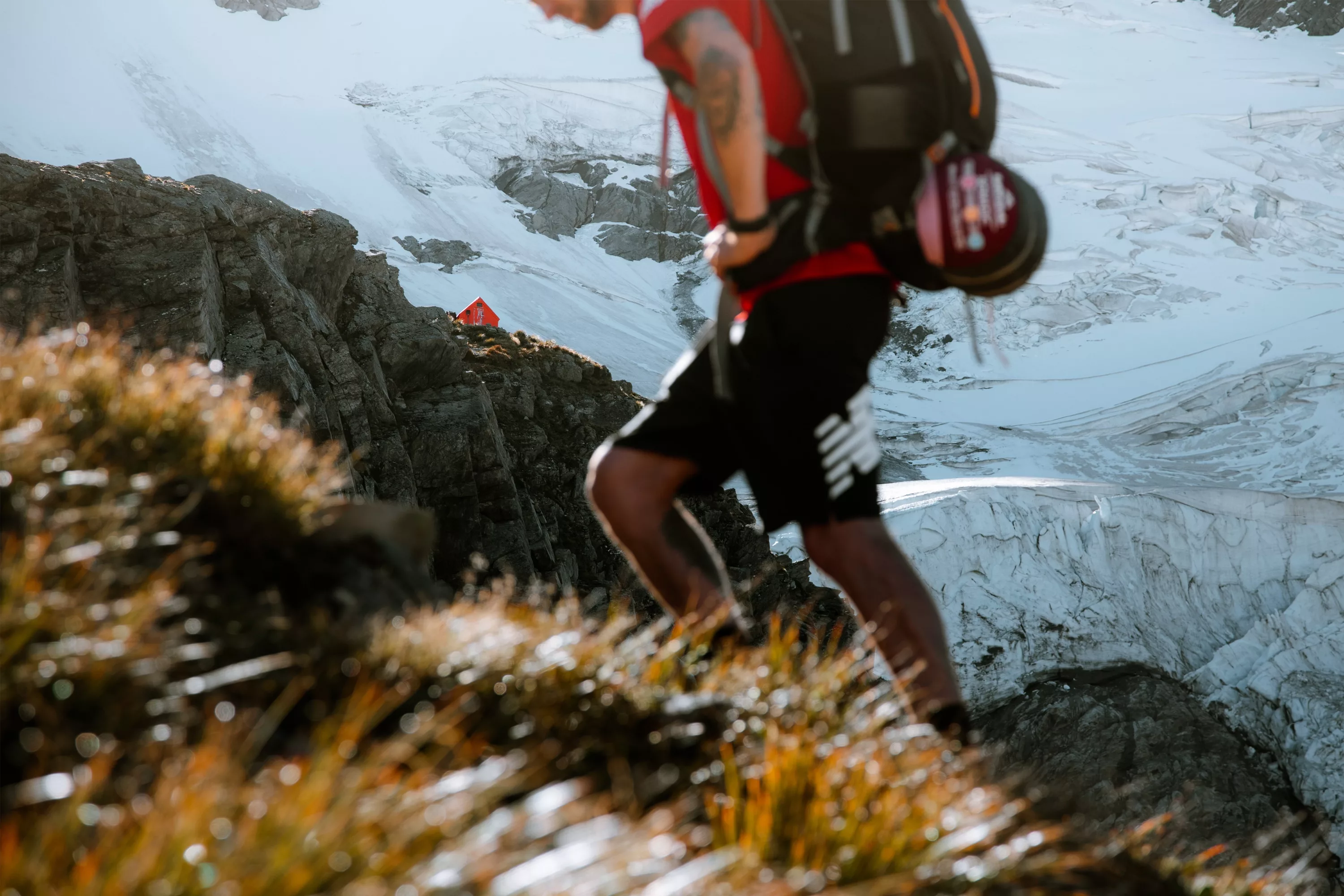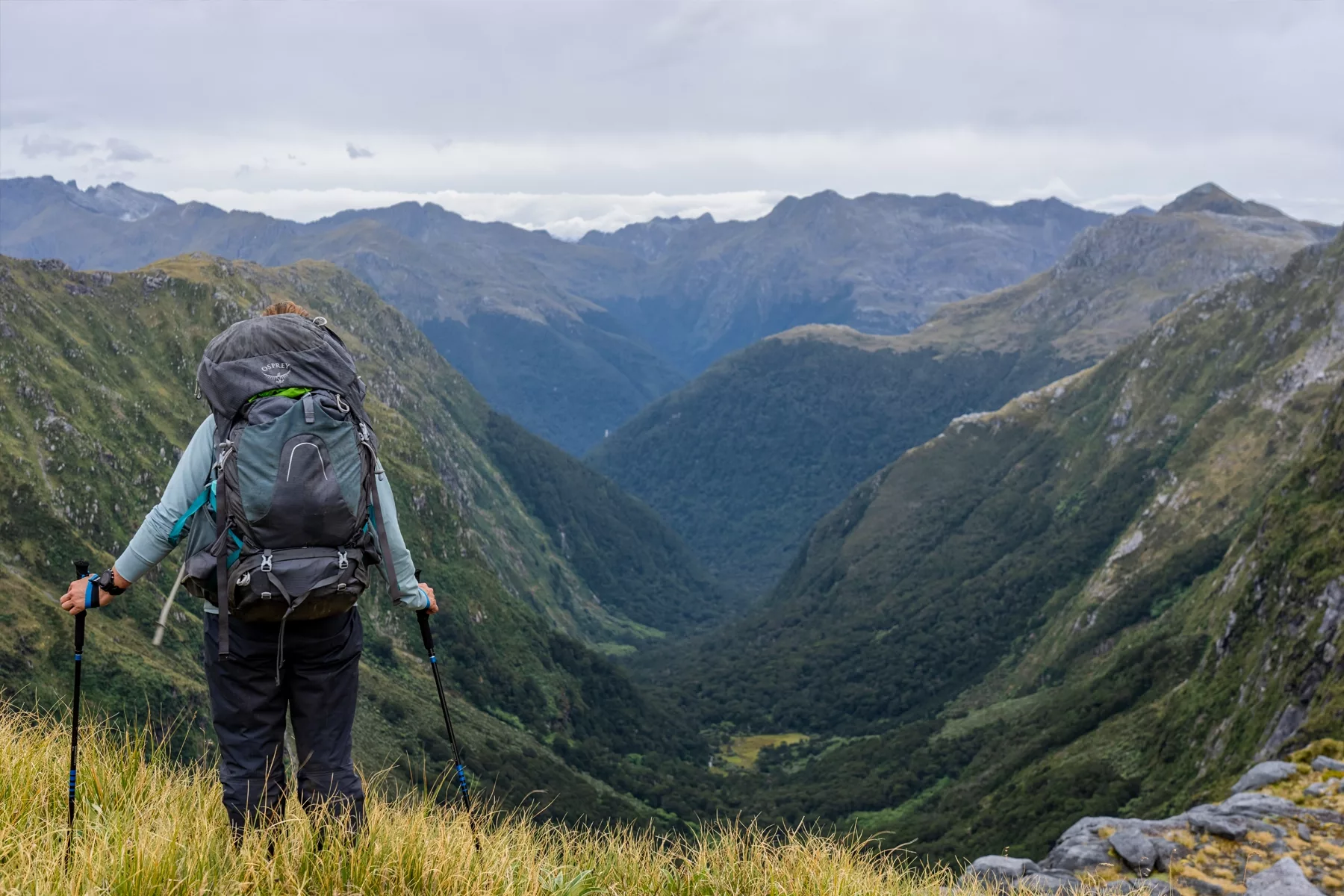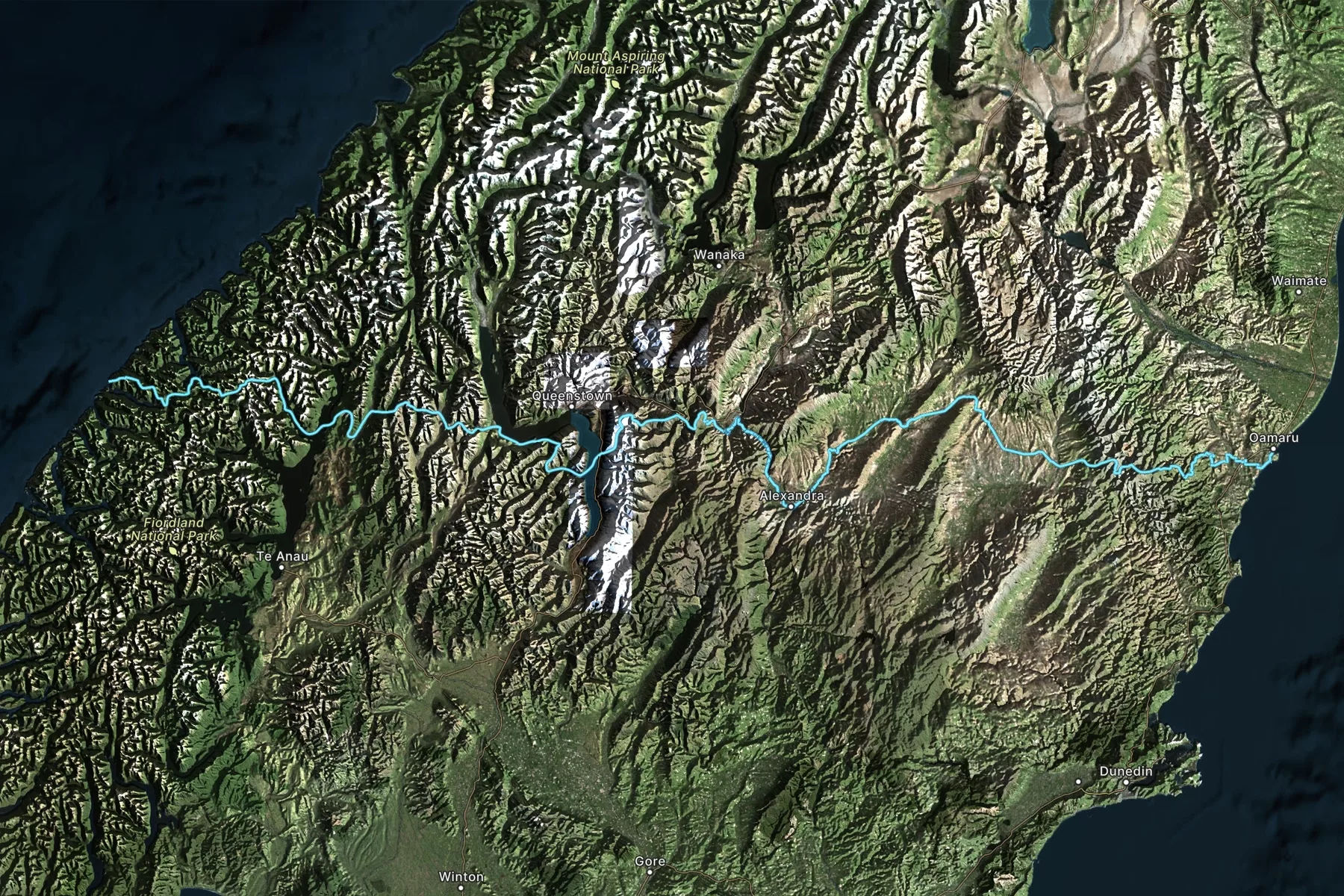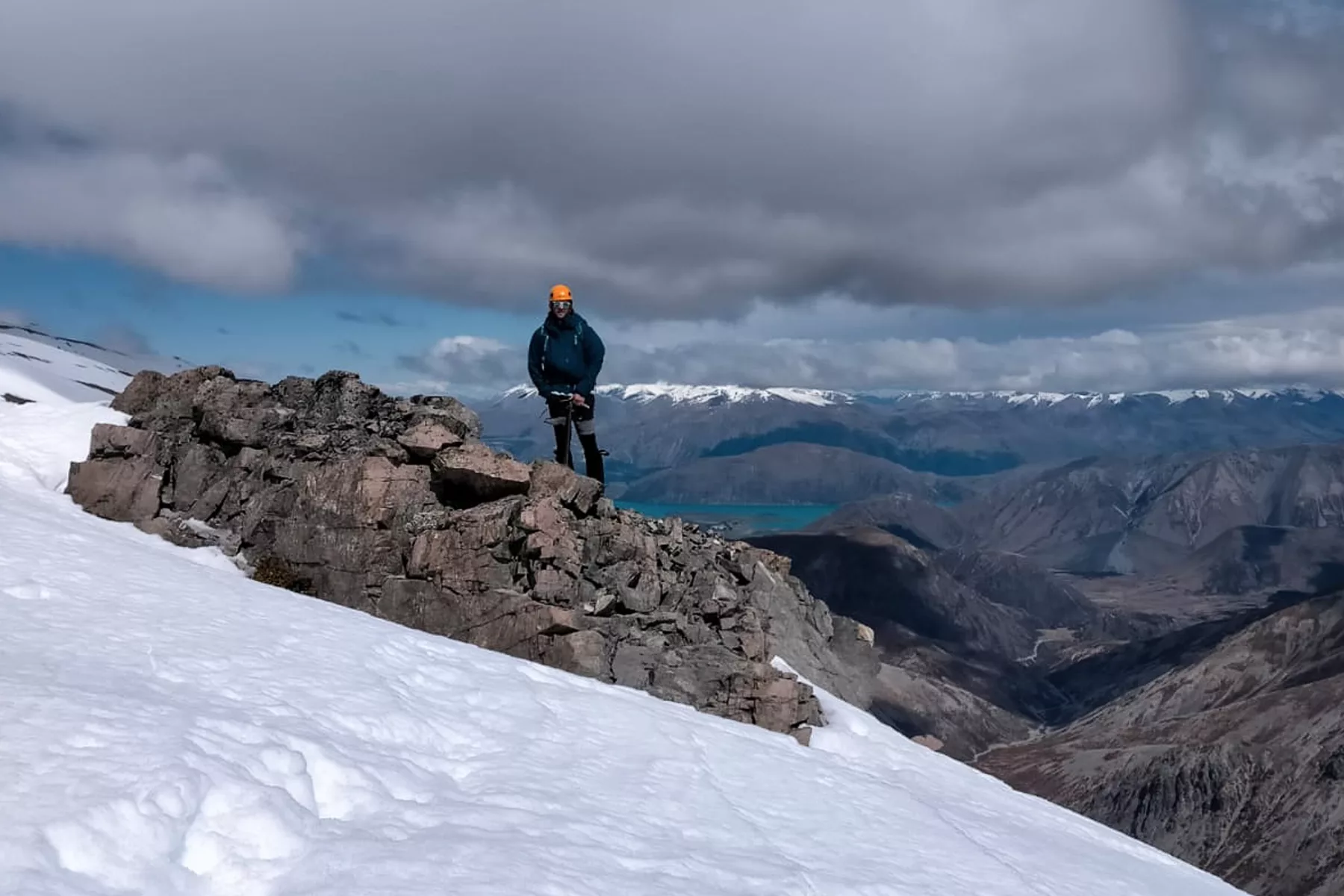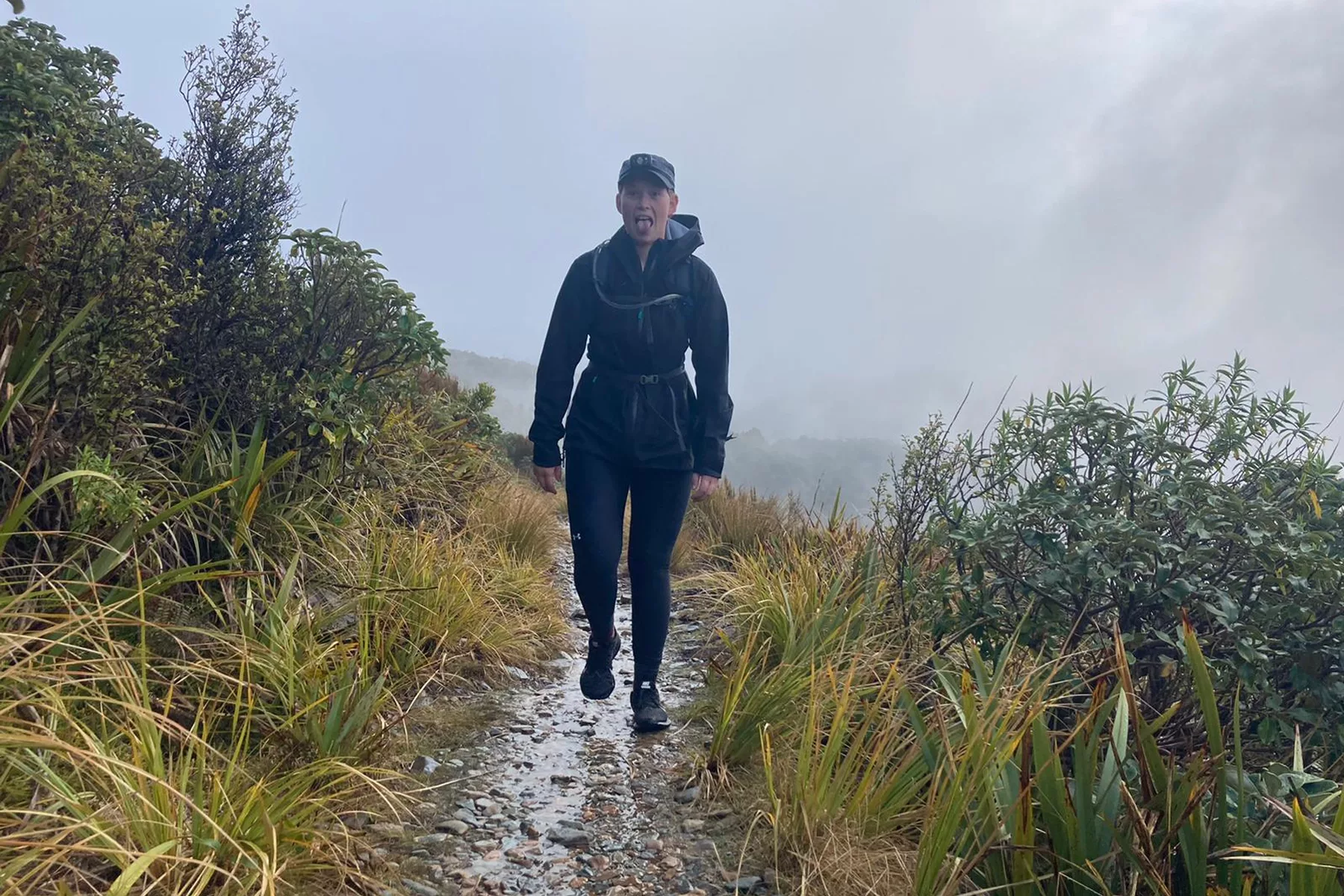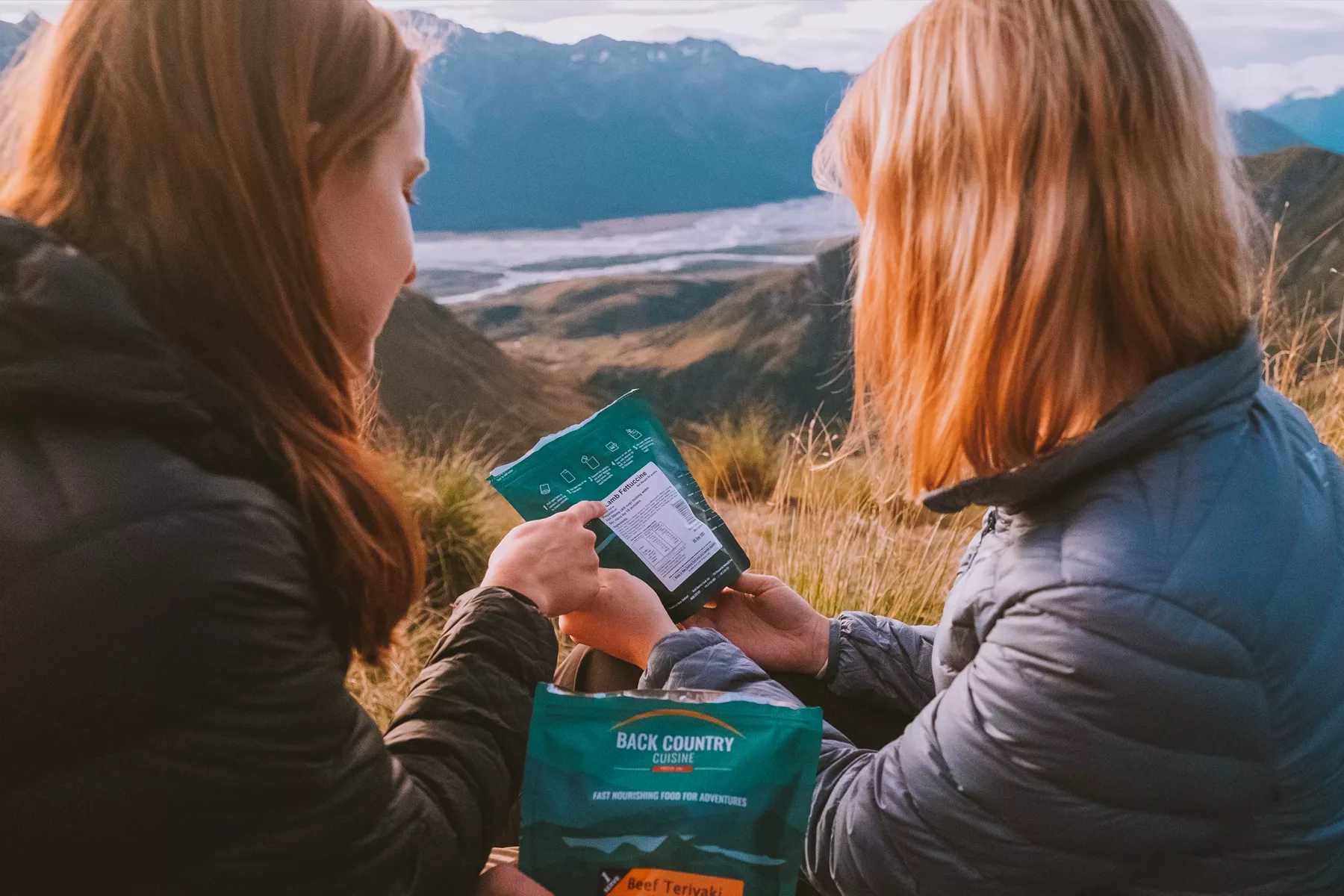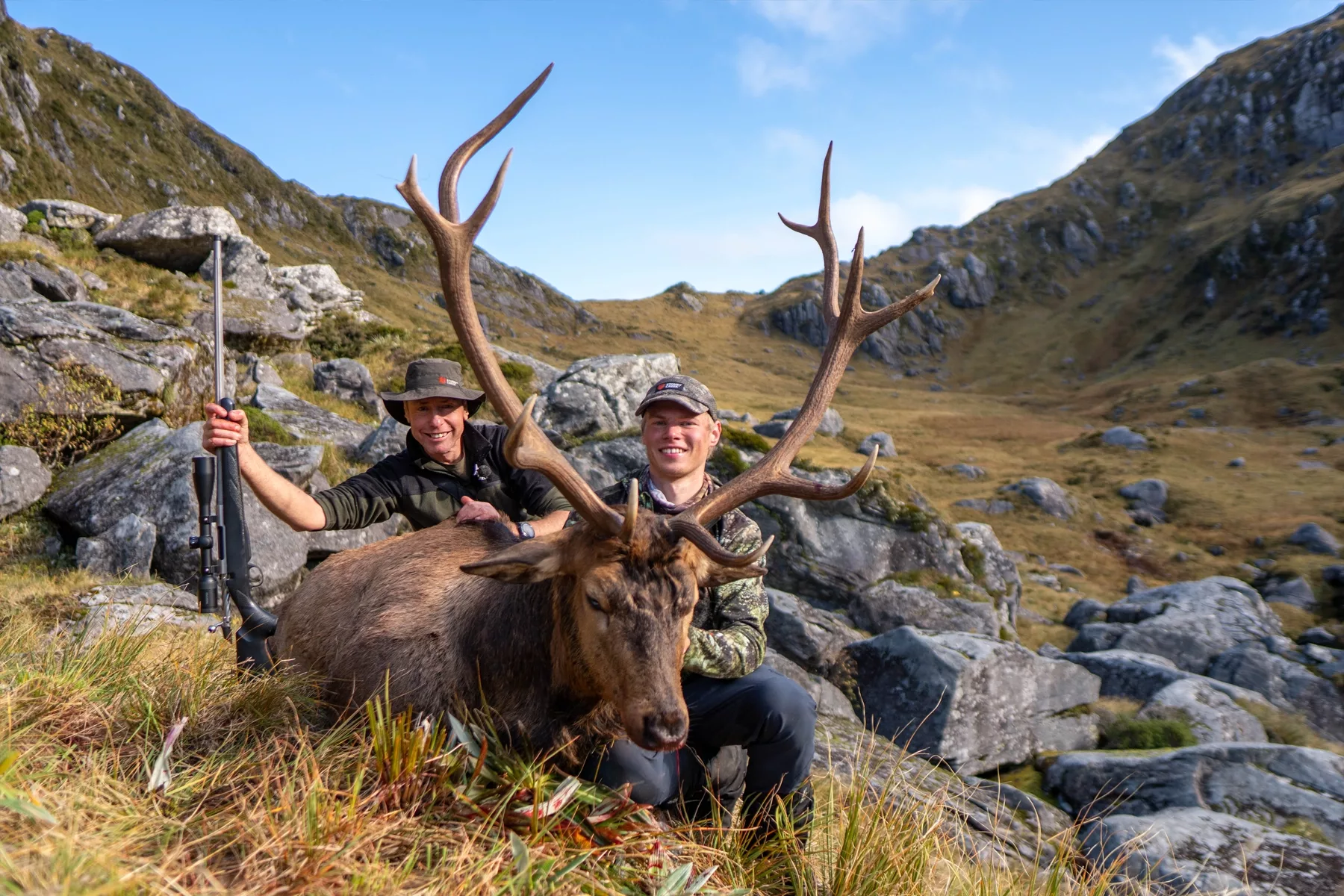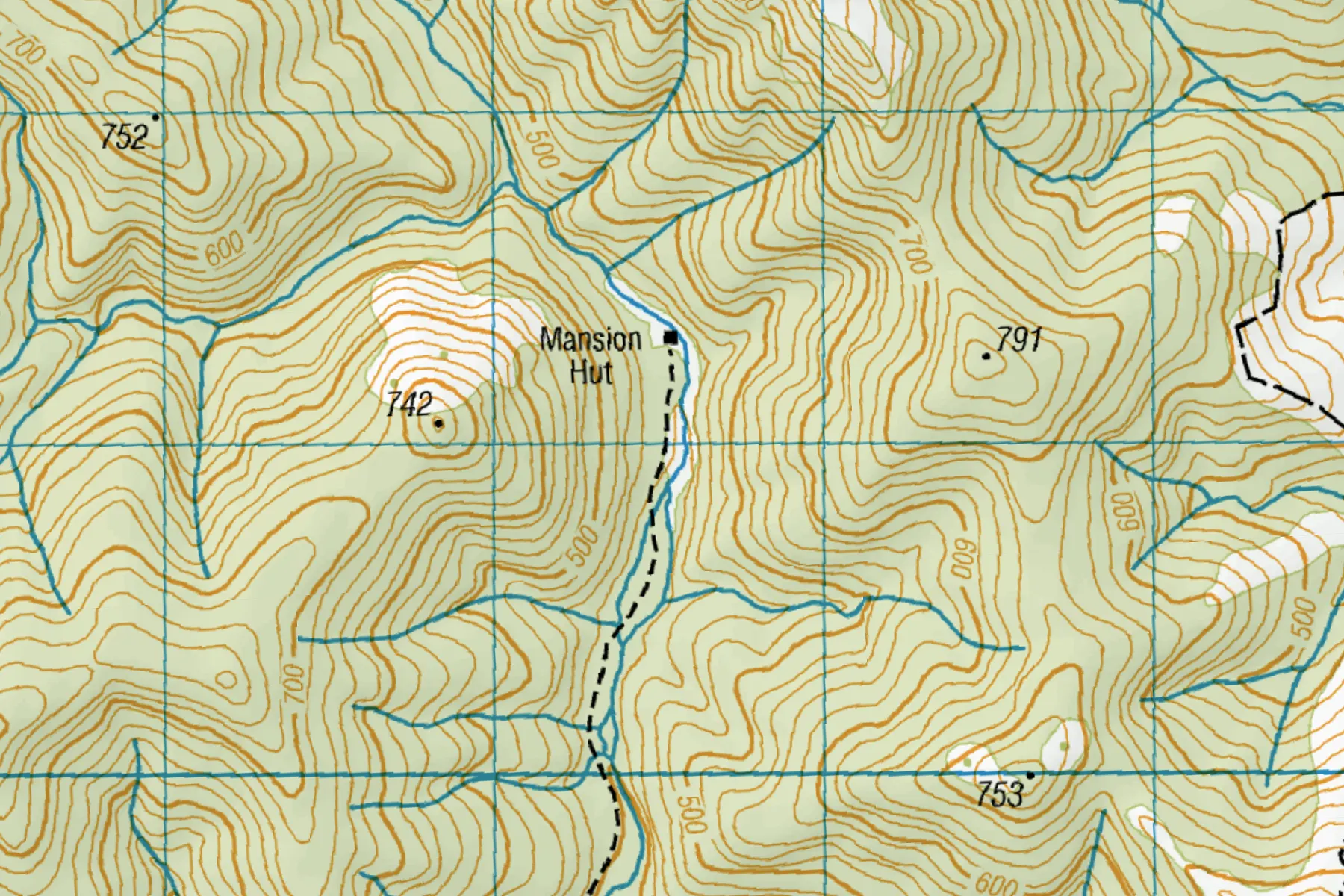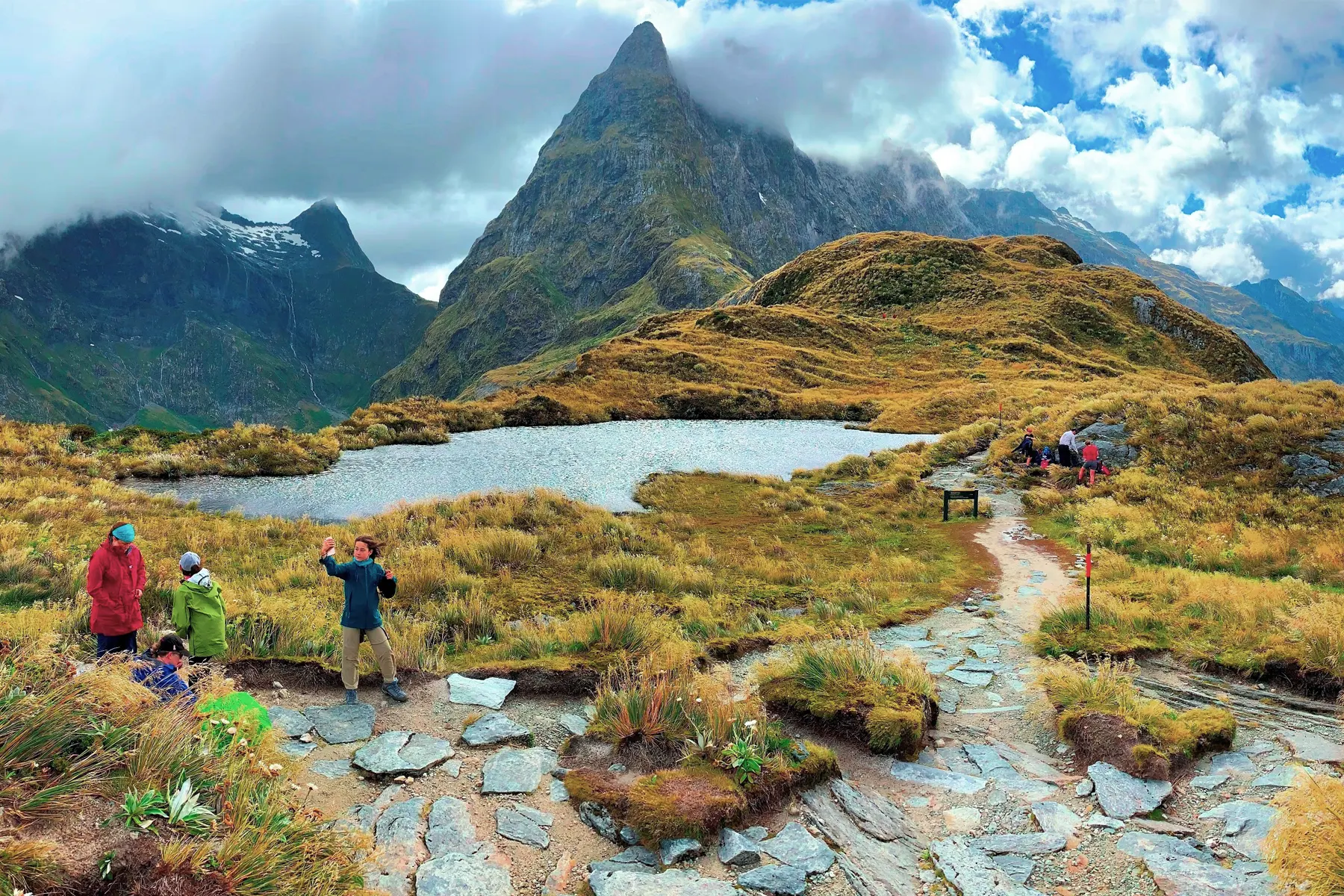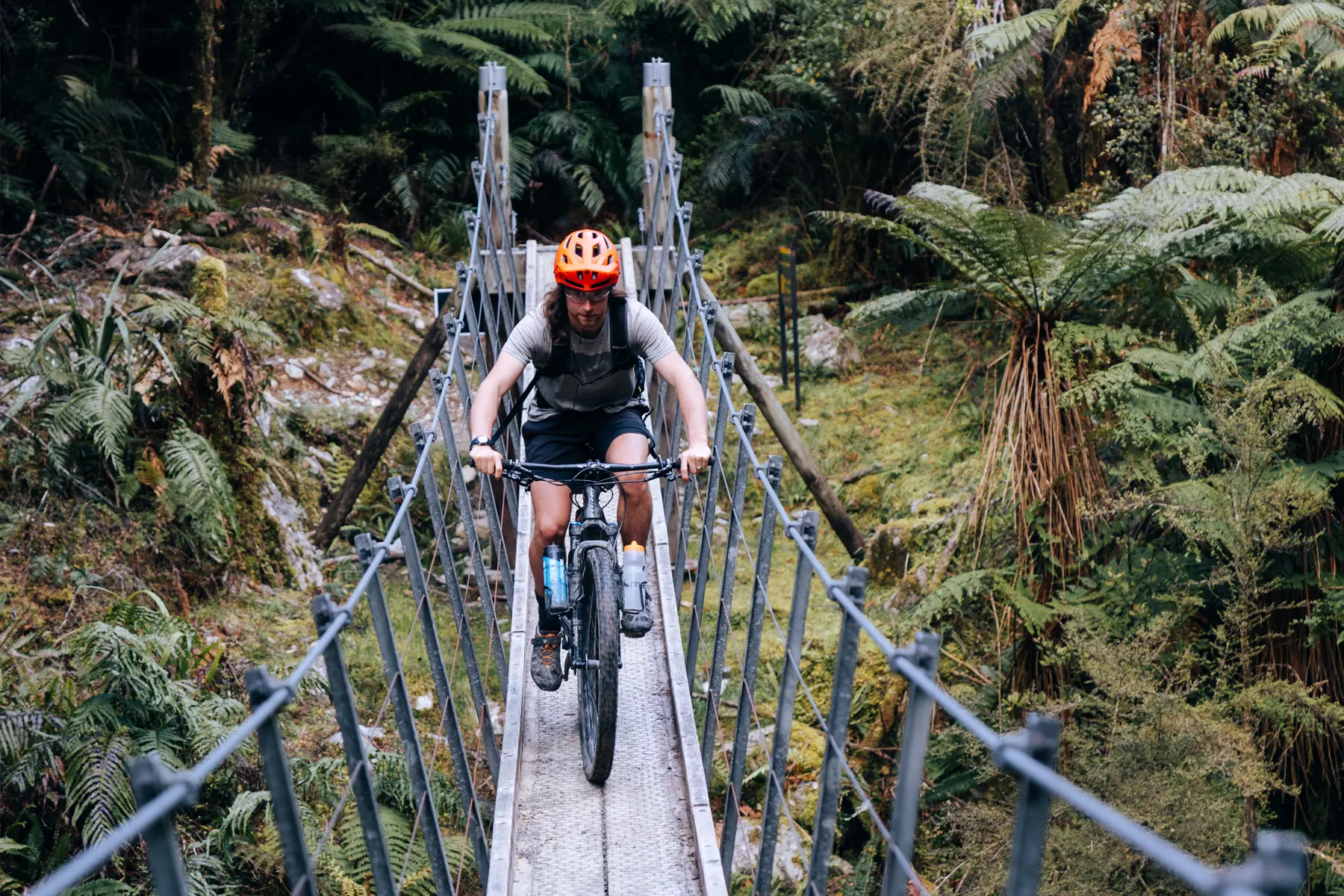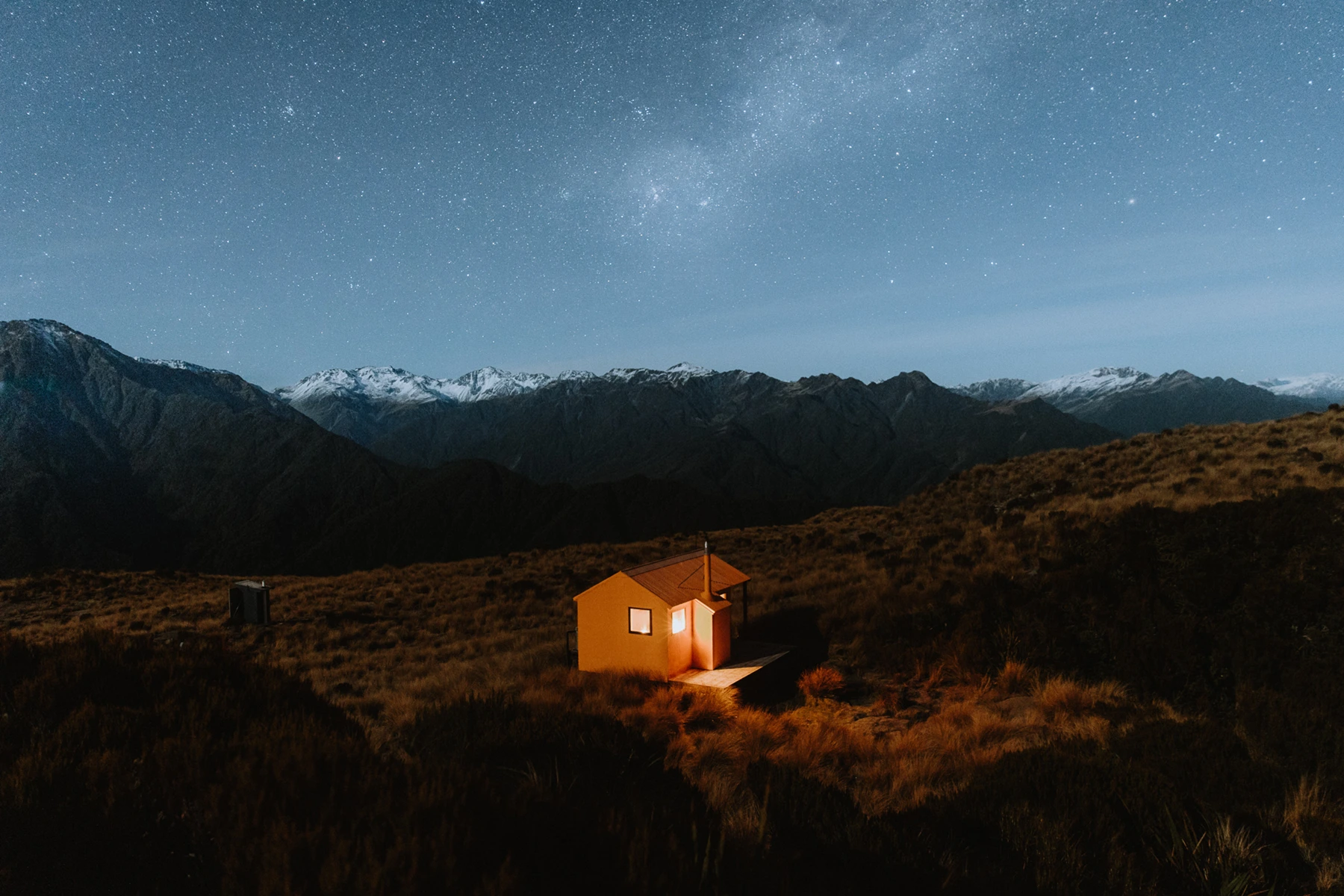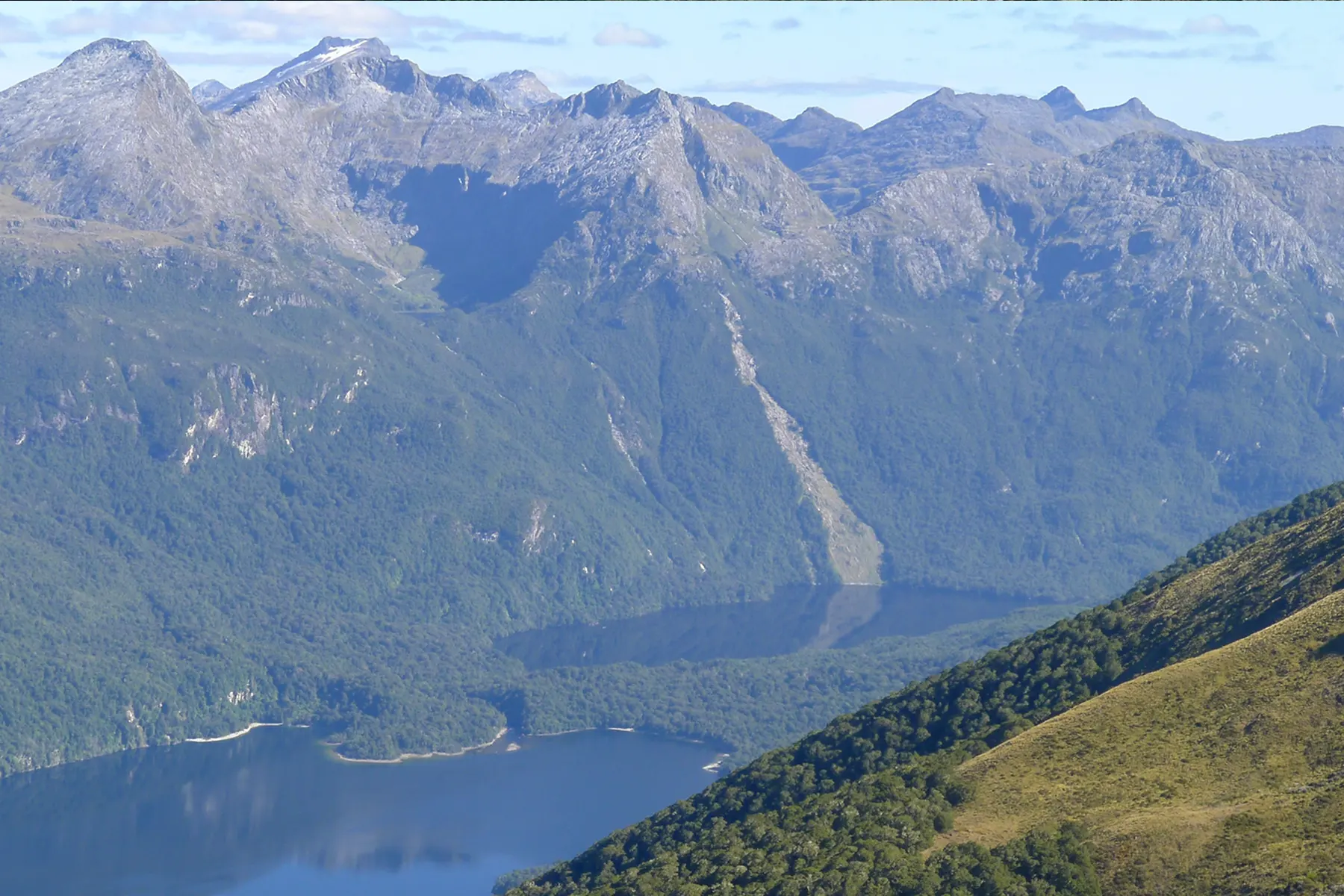How To Make Tramping Food Simple

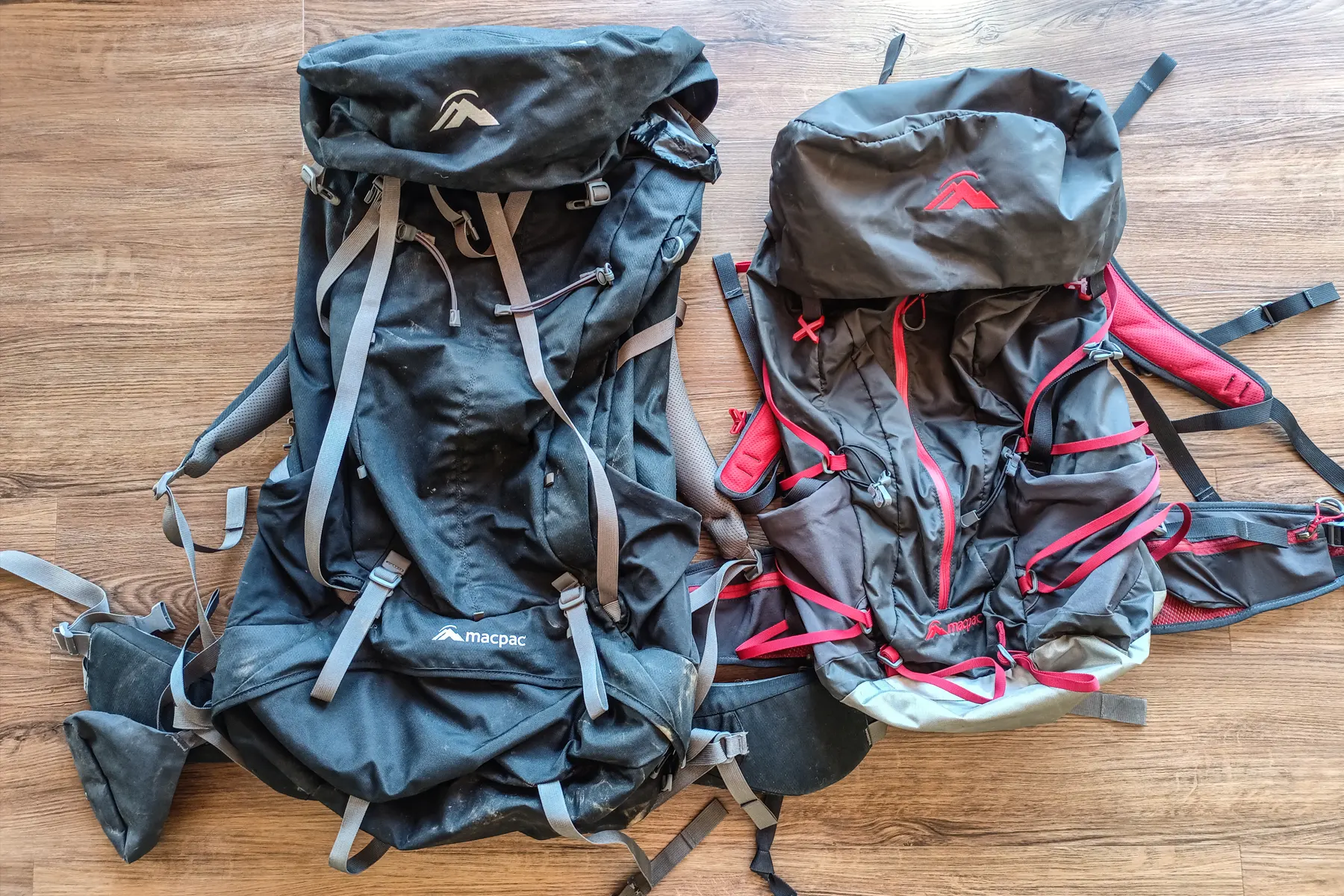

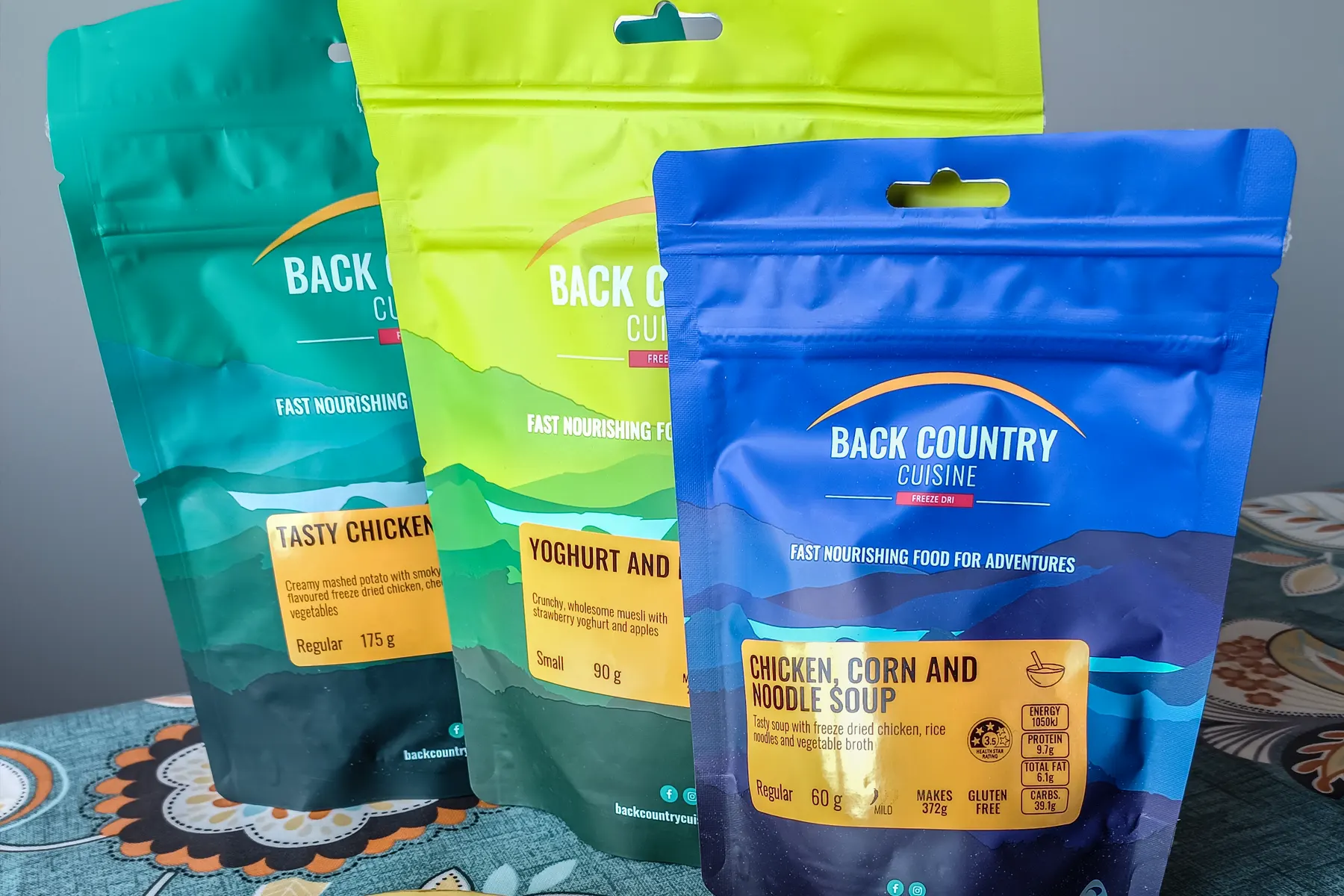
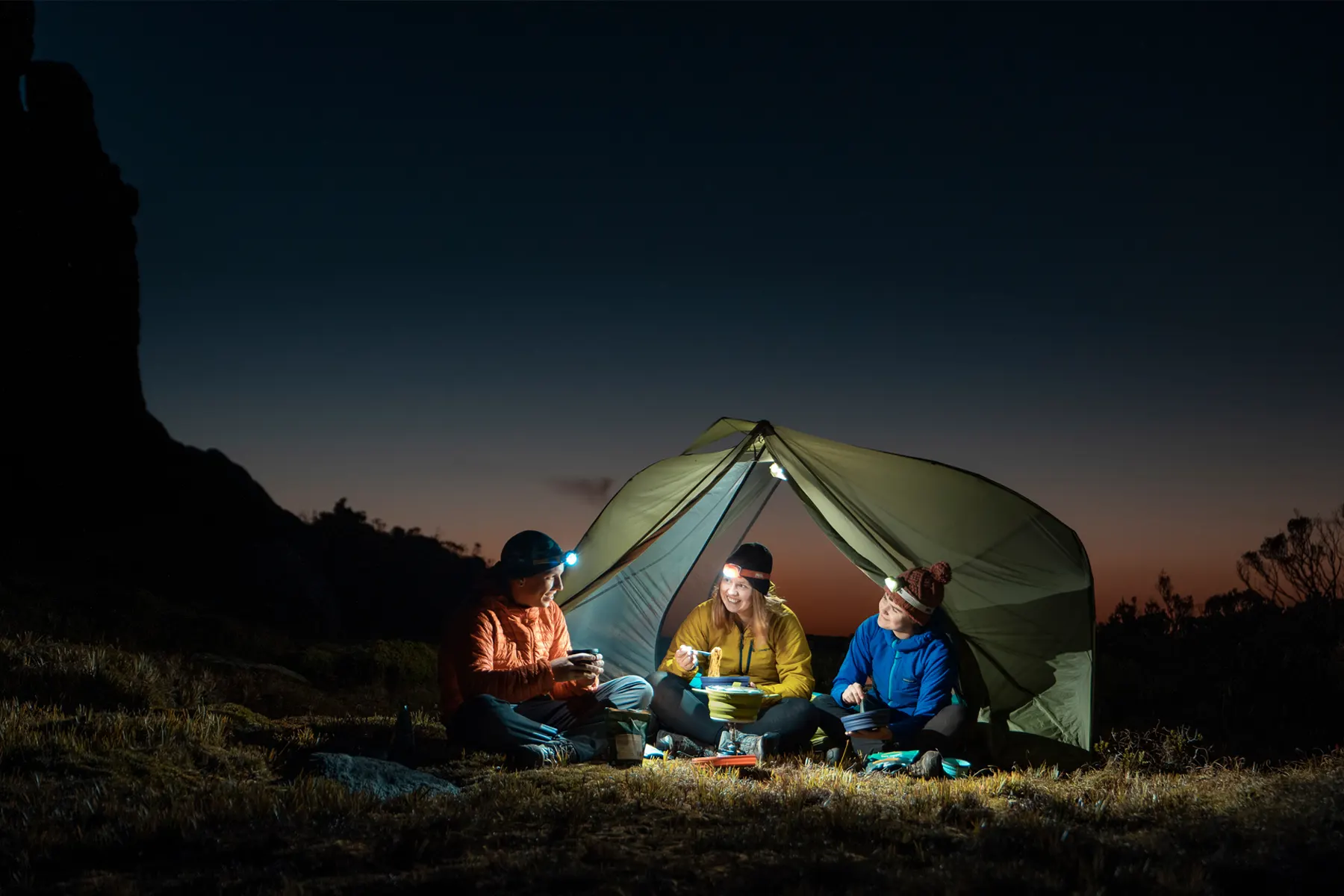
Like any sport, what you choose for tramping food can be as simple or complex as you’d like to make it. So, let’s start at the simple end because getting organised for an overnight hike or multi-night hike like the St James Walkway is hard enough without having to worry too much about your food!
So your first question might be how can we do simple when we all come in different shapes and sizes, and all have different appetites and levels of fitness too? Quickly followed by the fact there are lots of different types of food to choose from: fresh, hot, cold, freeze dried, dehydrated, bars, drinks - and what about the fact I’m going to be exercising for 3 to 6+ hours, or even days if you're doing the Godzone Adventure Race?
It’s more like a sporting event than my normal day!
THE ANSWER? SET A TRAMPING FOOD WEIGHT LIMIT
The easiest way I’ve found to deal with all this is to set a daily weight limit on the tramping food you’re going to take. We all know fresh food is best, but as it’s heavy and spoils quickly I like to take dried food because it’s lighter and I can pack it in well in advance and it's great to have on hand in case of an emergency.
The other thing that we have working in our favour is that most snack food has more energy than we need for a normal day, but is luckily just about the right amount for a day in the outdoors with a backpack on! So by setting a weight limit you know you can carry it and you’ve got space for it in your pack, while still getting enough nutrition to hike up and down hills with a pack on your back.
So, here’s the dried tramping food formula that I work on:
- Small person or small appetite = 250g to 350g of food per day
- Medium person or medium appetite = 350g to 450g of food per day
- Large person or large appetite = 450g to 550g of food per day
I’m roughly 182cm / 6’, tall and weigh 92kg / 203lb (most of the time!). For an overnighter I take a 45L pack and for longer trips a bigger pack capable of carrying more food (number of nights x on average 500g of food), a couple more clothes and heavier wet weather gear as the longer you’re in the outdoors the more likely you’ll get some wet weather to deal with.
OVERNIGHT PACKING LIST
Tony’s overnight 10-point packing list:
- Shelter - if you’re not using a hut you’ll need a tent, bivvy sack, or fly / tarp
- Boots, gaiters, and walking poles
- 45L backpack and rain cover
- Sleeping bag, liner, and headlamp. I use spares clothes wrapped in a fleece top for a pillow
- Clothes. We need a whole other blog to cover your options here, but keep it simple
- Cooker and utensils. I prefer a small gas cooker because of the reliability and instant heat. I also use mine as a cup and then just add a long-handled spoon
- Toiletries like toilet paper, hand sanitiser, and a toothbrush for an overnighter with soap and washcloth for longer trips
- First aid kit to deal with anything from minor blisters and cuts, pain relief and anti-histamines, to enough gear to stop some scary bleeding
- Personal locator beacon, just in case things go really wrong
- Food and water bottle. Be careful about drinking from streams, Giardia isn’t nice – I’ve had it. Treating water by boiling it is an easy method otherwise a Life Straw is handy if you’re after fresh, filtered water on the go
24 HOURS OF TRAMPING FOOD FOR THE OUTDOORS
Here’s what makes up my 500g of food per day:
BREAKFAST
Back Country Cuisine Yoghurt & Muesli 90g + 17g coffee sachet = 107g
MORNING TEA
1 x 30g Muesli bar = 30g
LUNCH
Back Country Cuisine Chicken and Corn Noodle Soup 60g = 60g
AFTERNOON TEA
1 x 30g Muesli bar + 17g coffee sachet = 47g
DINNER
Back Country Cuisine Tasty Chicken Mash 175g = 175g
SNACKS & TREATS
½ a pack of Jet Planes = 90g (a Jet Plane is a great reward between breaks)
DRINKS
Treated water (on longer harder trips I add an energy drink powder that has sugar for more energy)
TOTAL DAILY TRAMPING FOOD WEIGHT= 509g
I find eating and drinking regularly during the day is a lot better than just eating at the start and end of the day for a couple of reasons. It spreads out my food and therefore energy intake, which is easier on my legs and also my tummy. It’s also makes you stop and take a break regularly, which means you take more notice of what’s around you, how your companions are doing and also helps you stay on track and adjust your plans if necessary. Making good decisions in the outdoors is very difficult if you are tired, don't have adequate hiking clothes, and/or are hungry. Whatever you decide to take, food is just like any other gear – try it at home before you take it into the outdoors!
SEASONAL VARIATIONS
Ok, now that we’ve got an idea of how to make up a daily menu we can talk about seasonal variations:
SPRING
Spring in New Zealand can be very changeable in New Zealand and is more likely to give you wintery weather than it is summery weather. Think about hot breakfasts, lunches and yummy curries for dinner.
SUMMER
Ah summer; hot long days and warms nights. Think about cold breakfasts, salami, crackers and cheese for lunch and sleeping on top of your sleeping bag rather than in it.
AUTUMN
Autumn in New Zealand can be more like summer than winter, but cold snaps do happen. Think about hot breakfasts, lunches and yummy curries for dinner.
WINTER
If you’re an experienced hiker, winter is a great time to get into the outdoors. Think about hot everything; drinks, meals, clothing and sleeping bags!
PLAN AHEAD
Here's my simple per person meal planner:
Person |
Day 1 |
Day 2 |
Day 3 |
Day 4 |
Day 5 |
Breakfast |
|||||
Lunch |
|||||
Dinner |
|||||
Snacks & Treats |
|||||
Drinks |
|||||
DAILY WEIGHT |
|||||
TOTAL WEIGHT |
TRAMPING FOOD SHOULD BE SIMPLE TO PREPARE
To make your Back Country Cuisine freeze dried meal simply add the required amount of hot or cold water stated on the back of each meal pouch, stir and let stand for 10 to 15 minutes. The result is a meal full of nutrition, ready to eat wherever your adventure may take you. Check out the added lower tear tab on all pouches, once the meal has been reconstituted just tear the lower perforation and use the pouch as a bowl. A great idea and saves getting messy hands when using your spoon or spork, if you remembered to pack one that is. Finally, rinse the pouch and seal it in a zip lock bag ready to come home for soft plastic recycling.
And here’s a quick science lesson, foil doesn’t burn, so please don’t leave them in the hut or campsite fire for the next person to clean up!
ABOUT THE AUTHOR
Tony is Back Country Cuisine’s marketing manager, he was a Cub, Scout and Venture Scout, before going on to study physical education and commerce at the University of Otago. He spends his time in the outdoors fly fishing, hiking, hunting and surfing with family and friends.
To keep up to date with our latest blog sign up to our newsletter.

